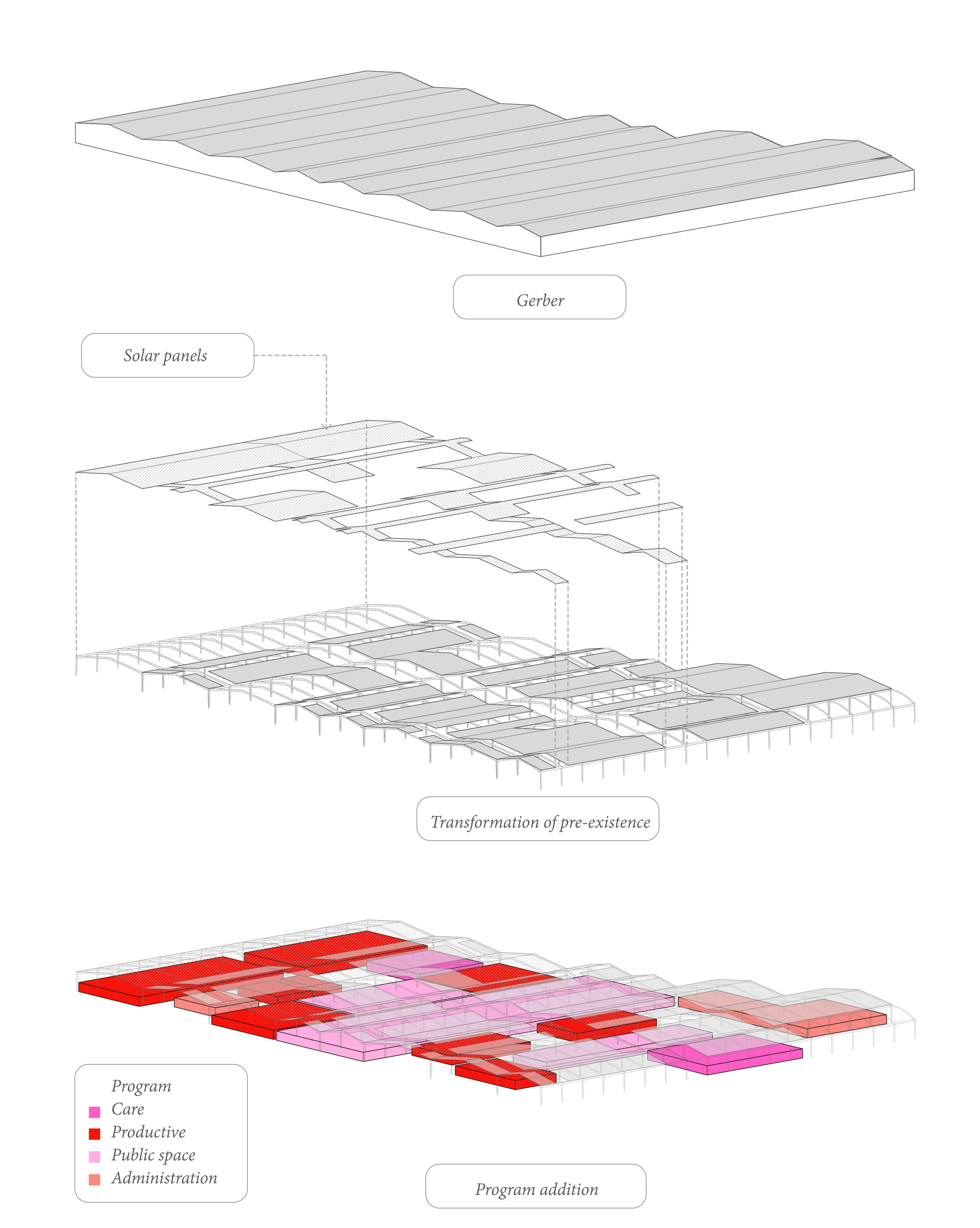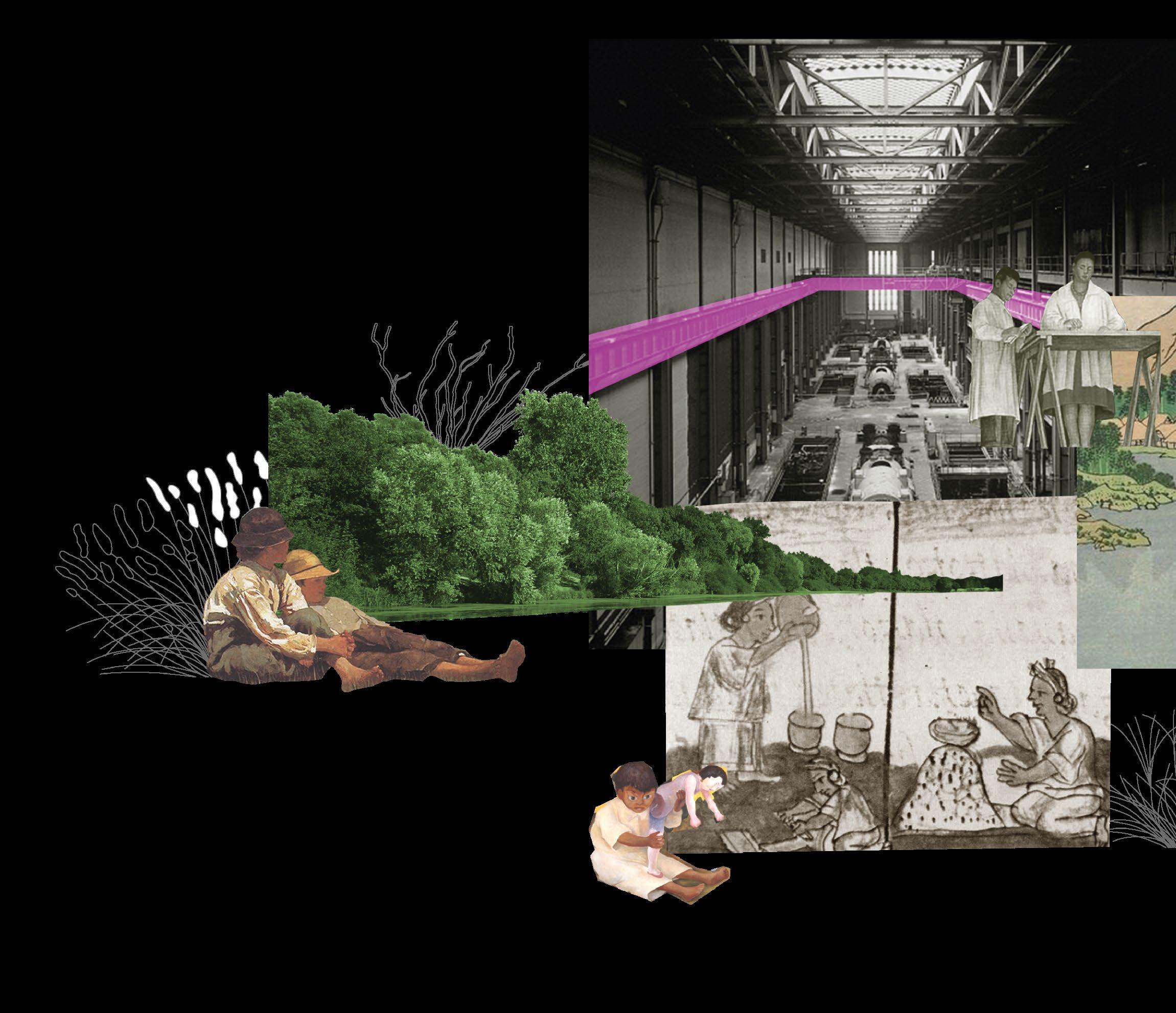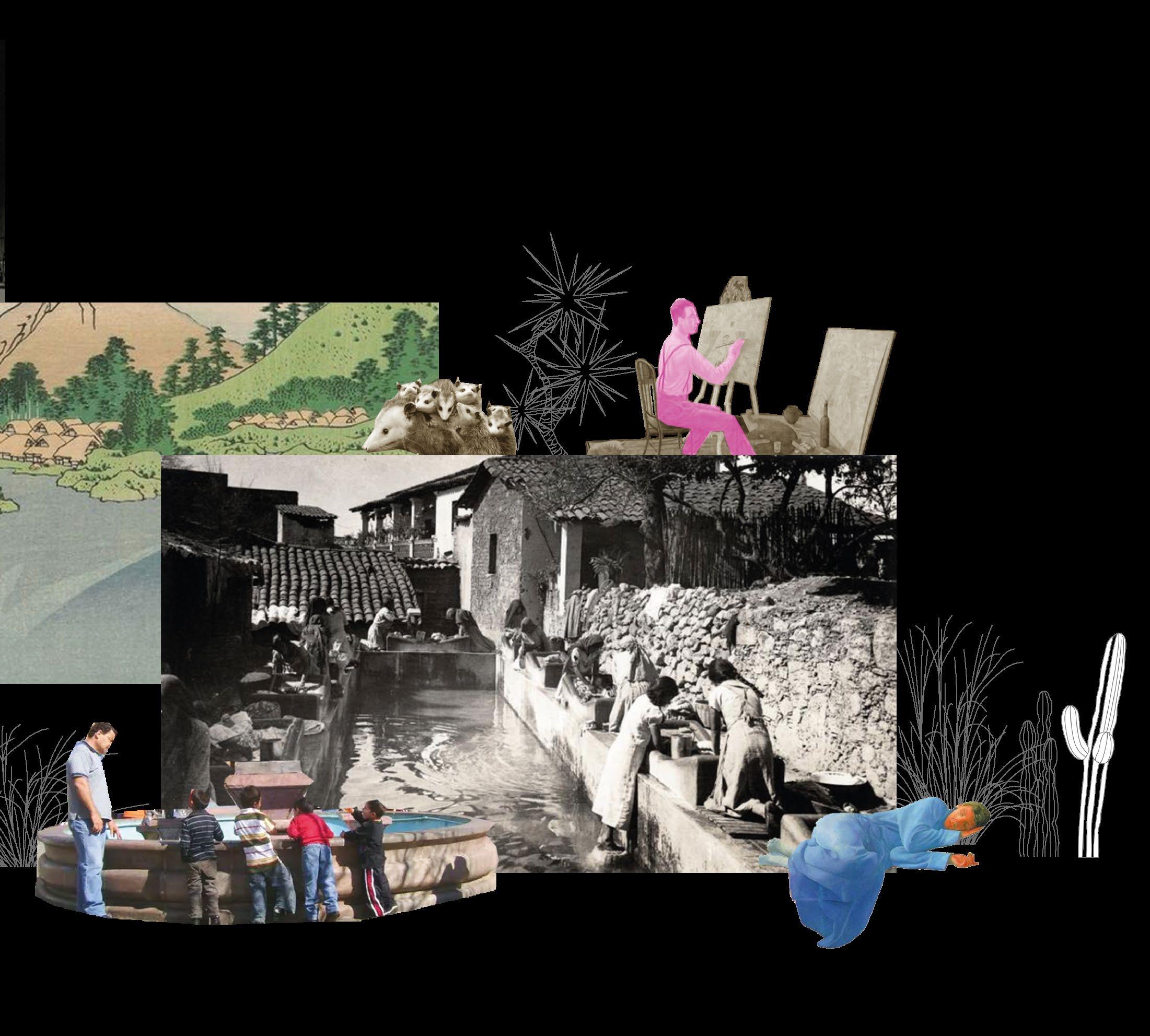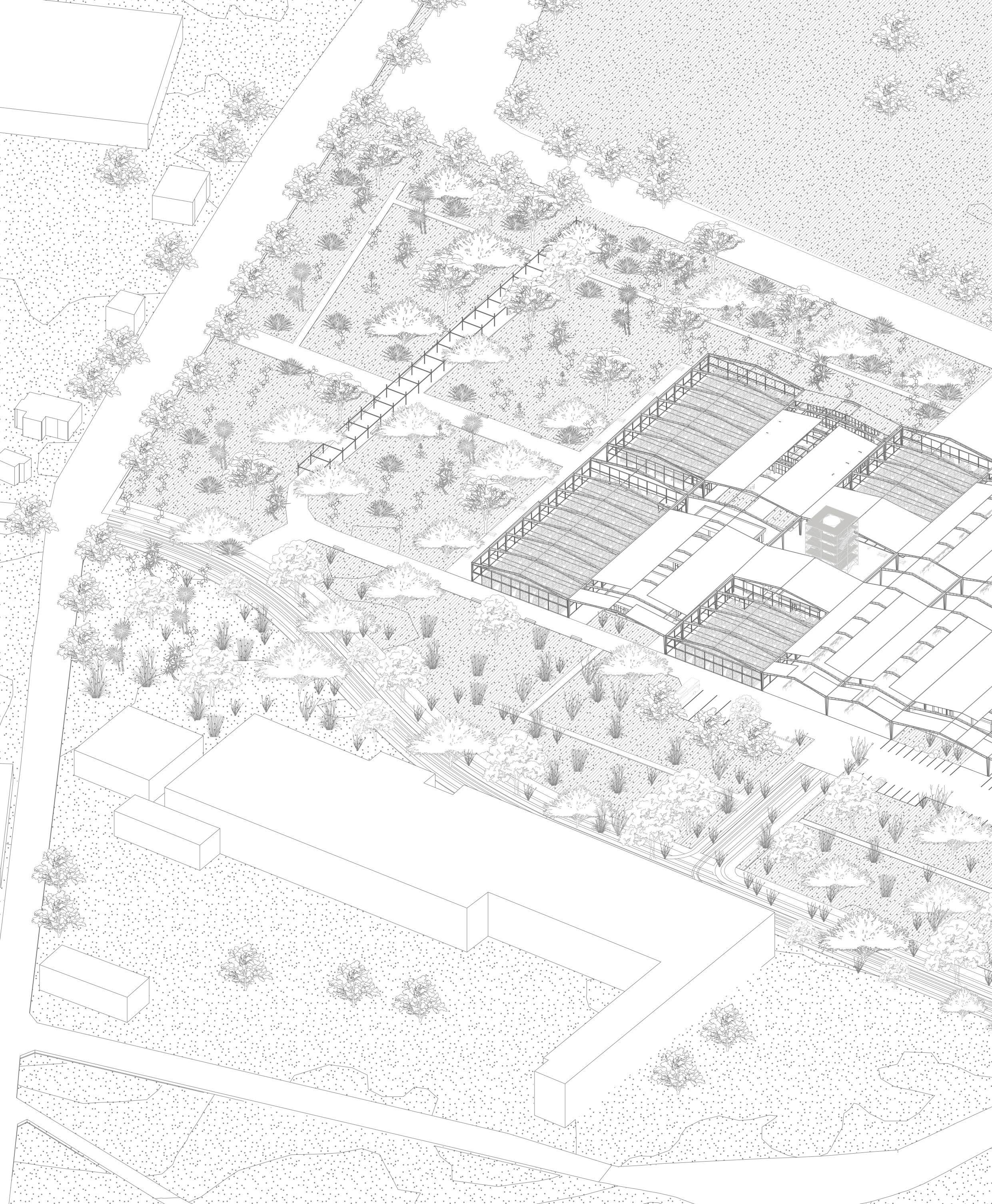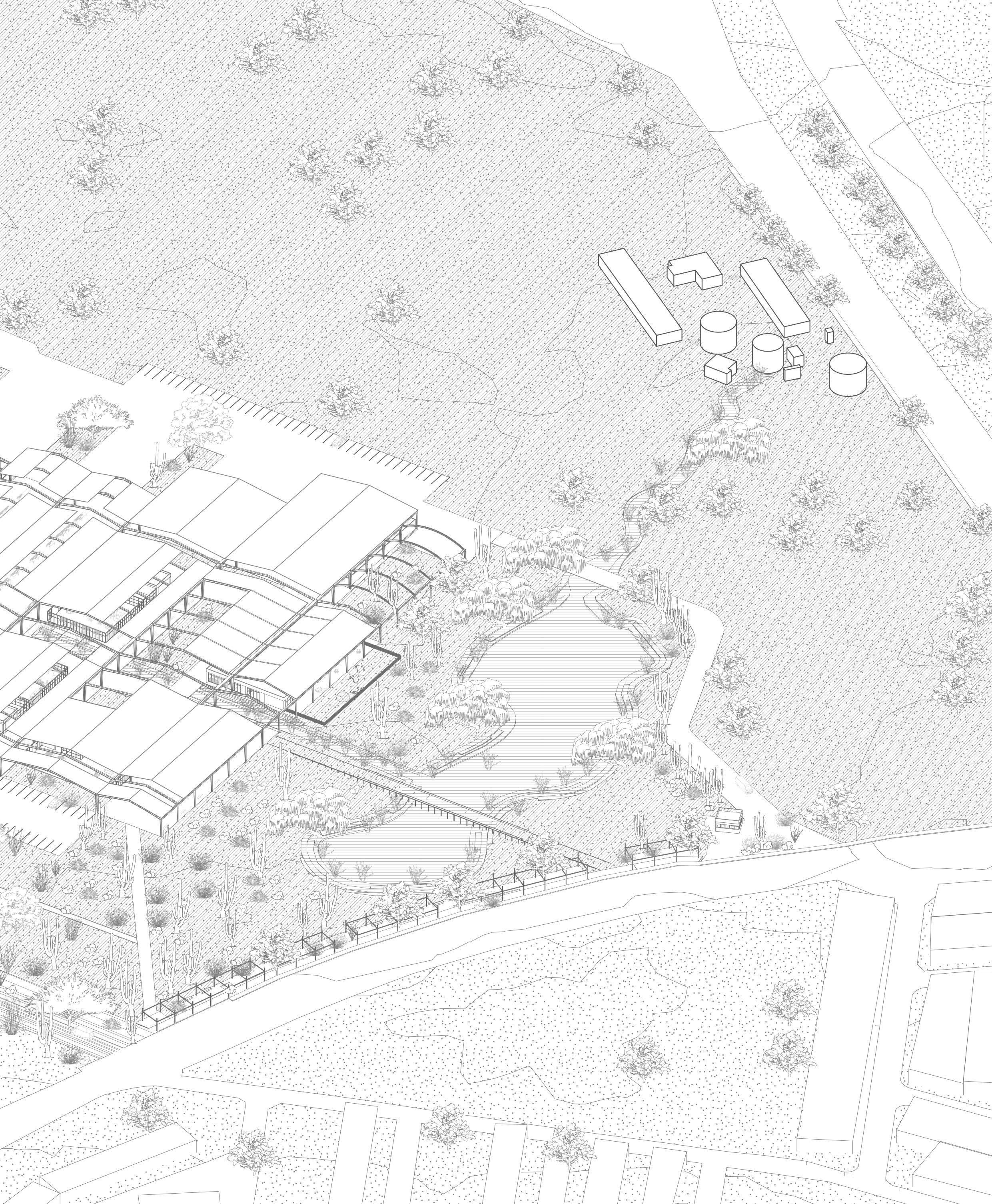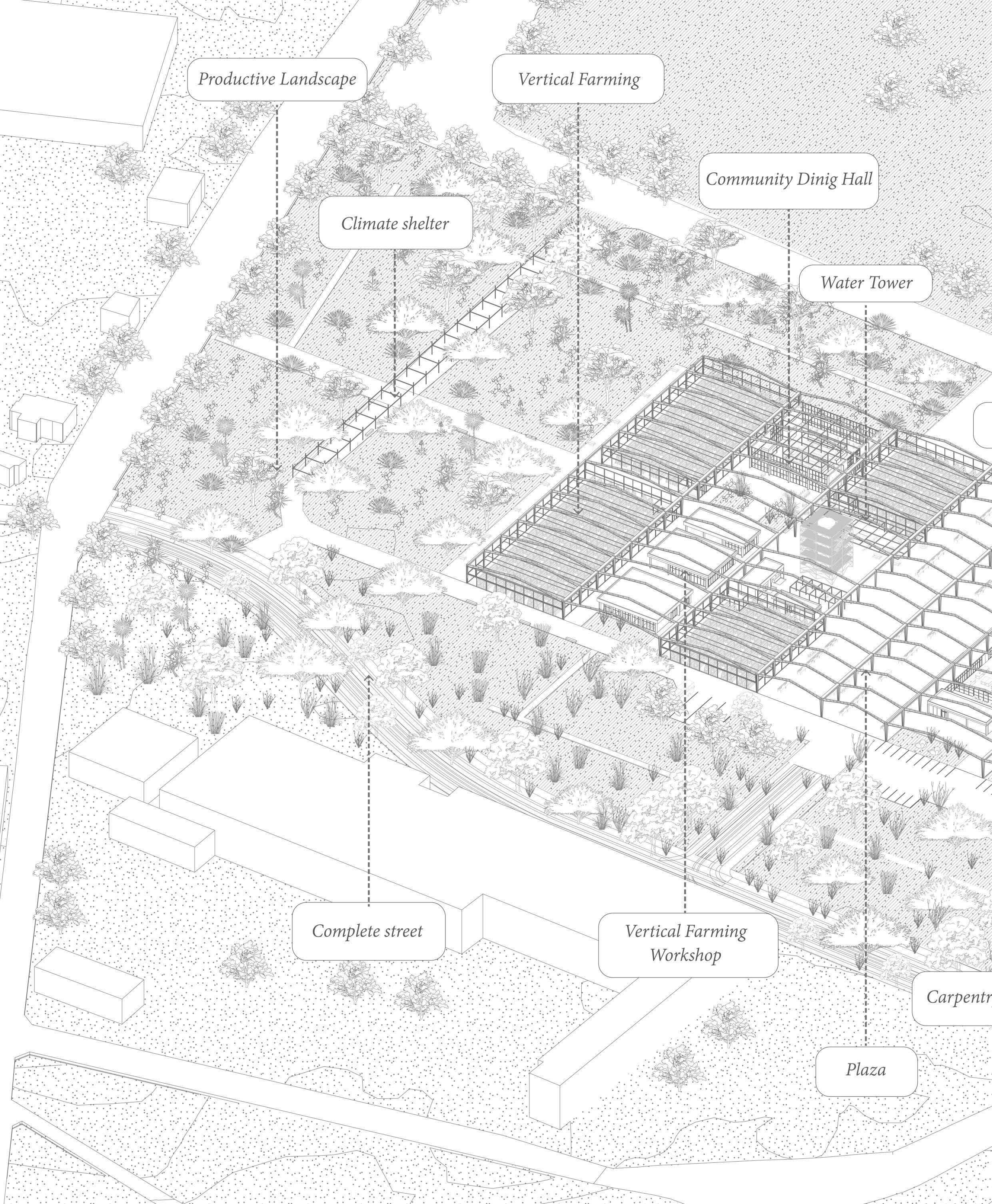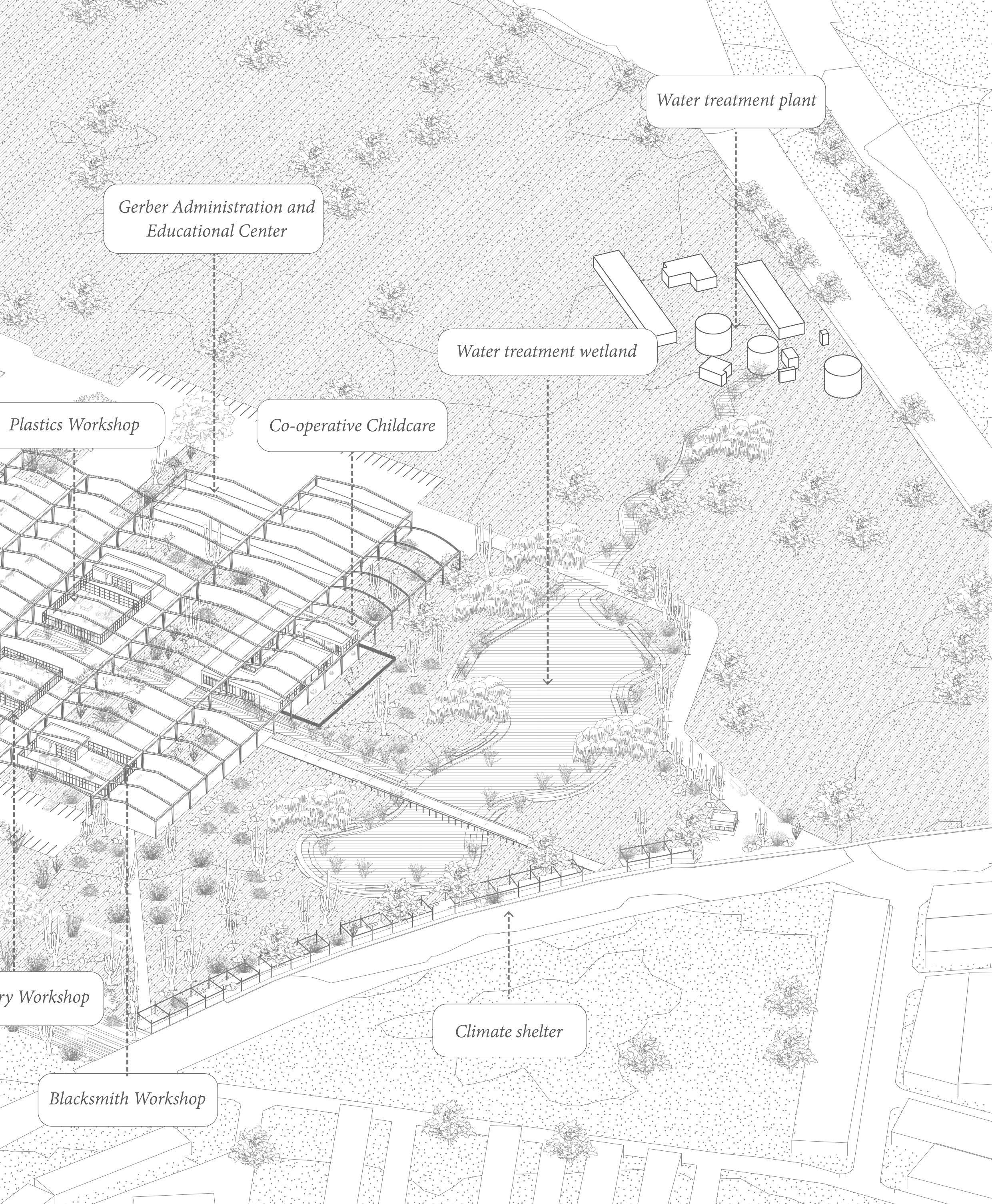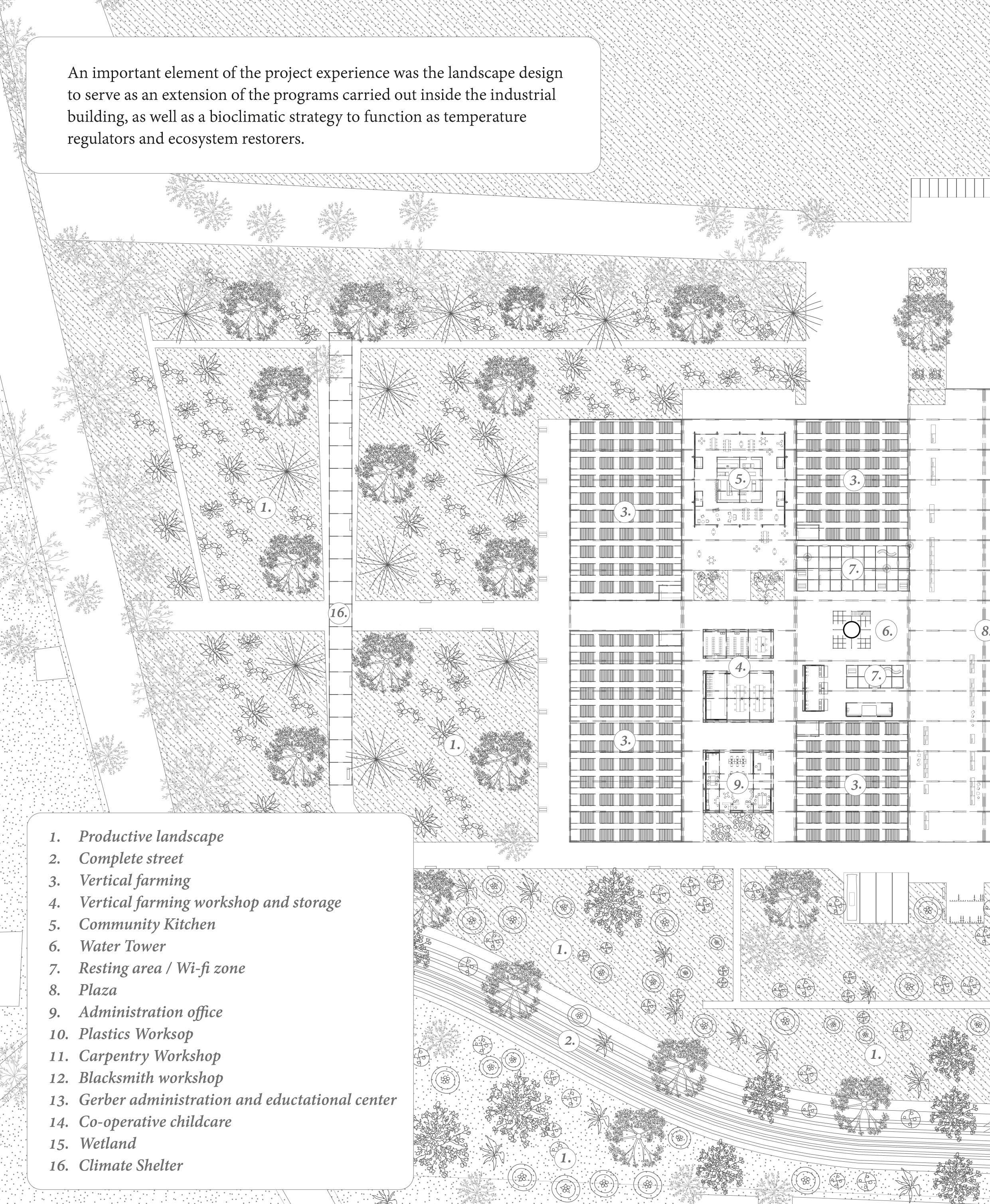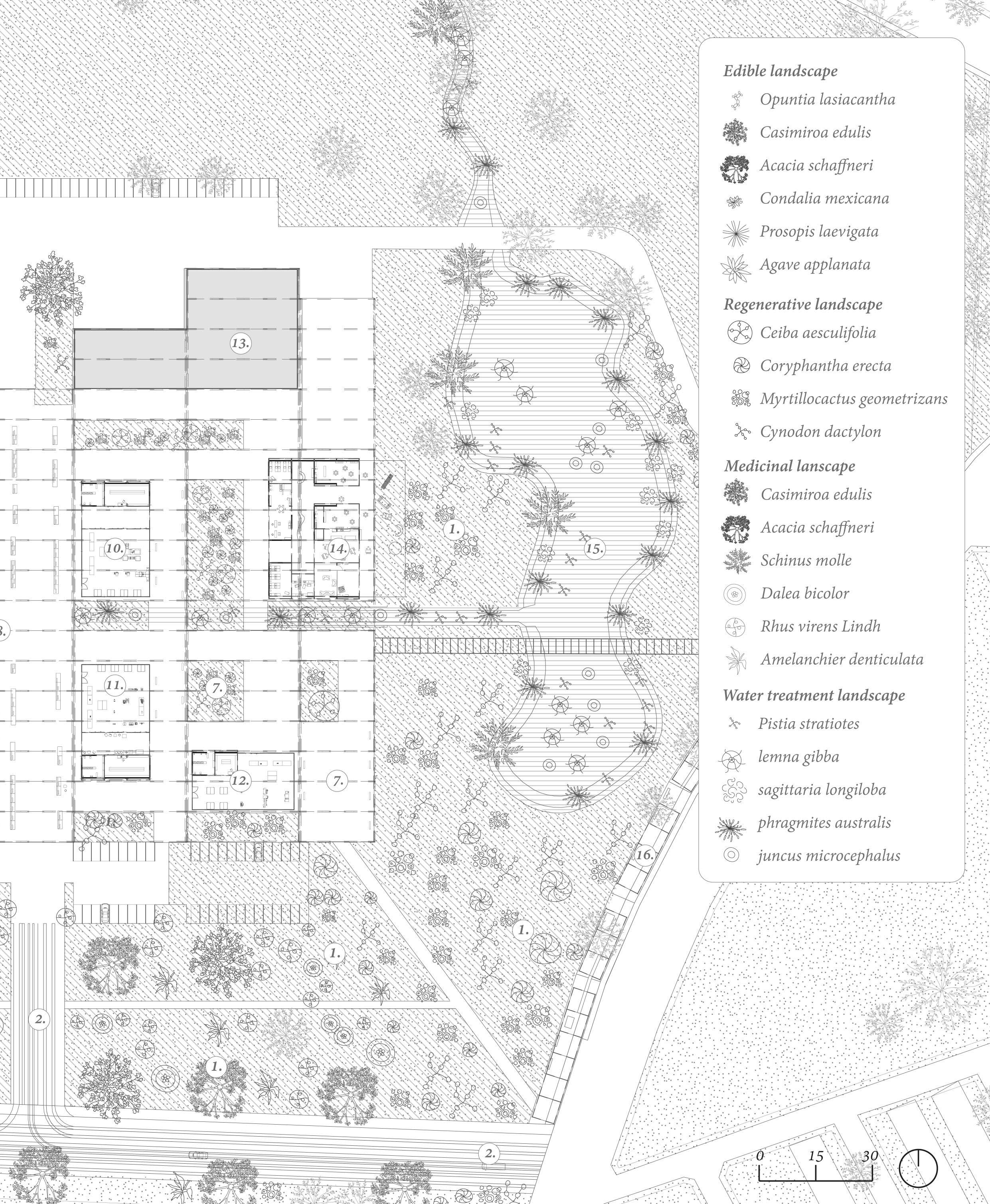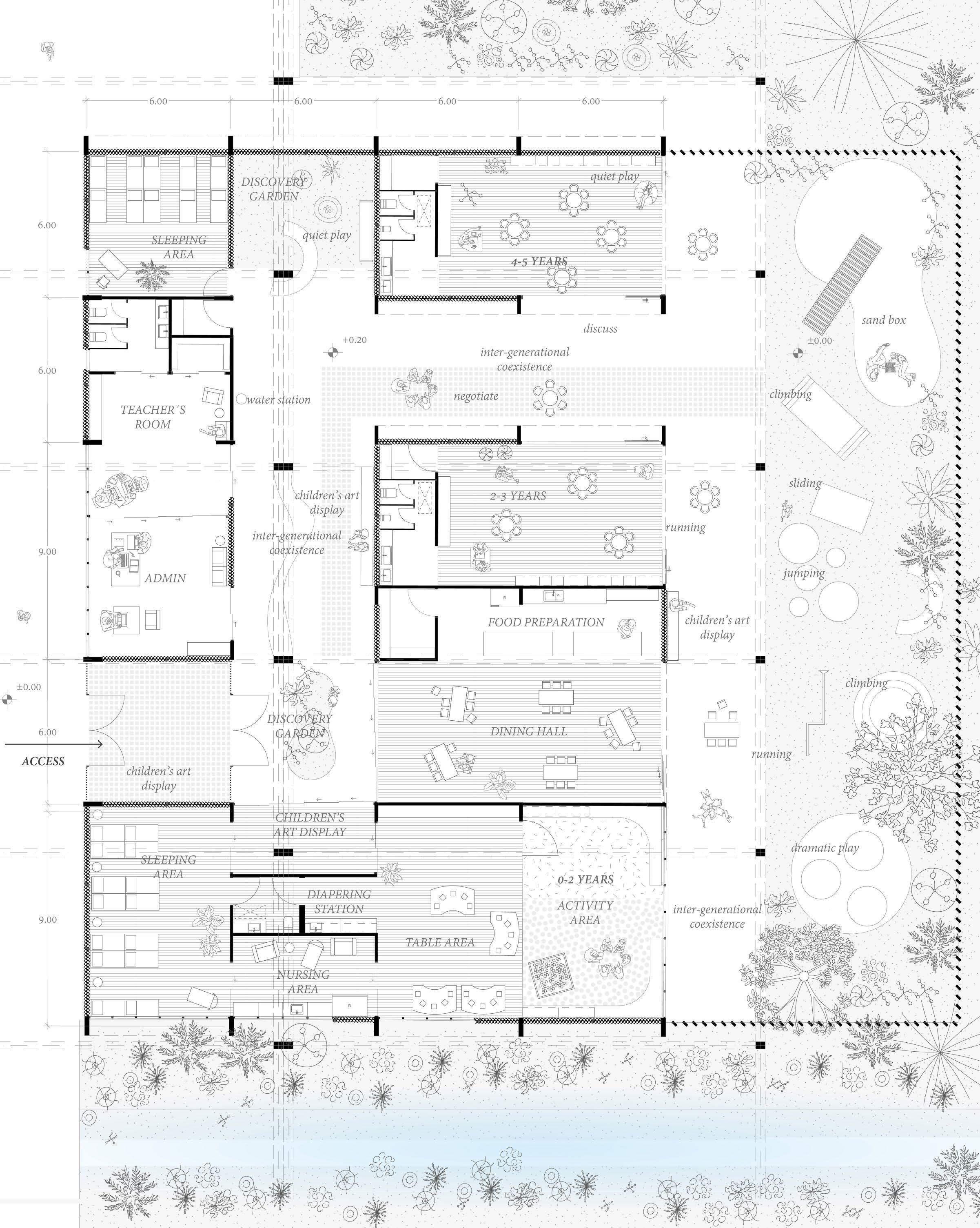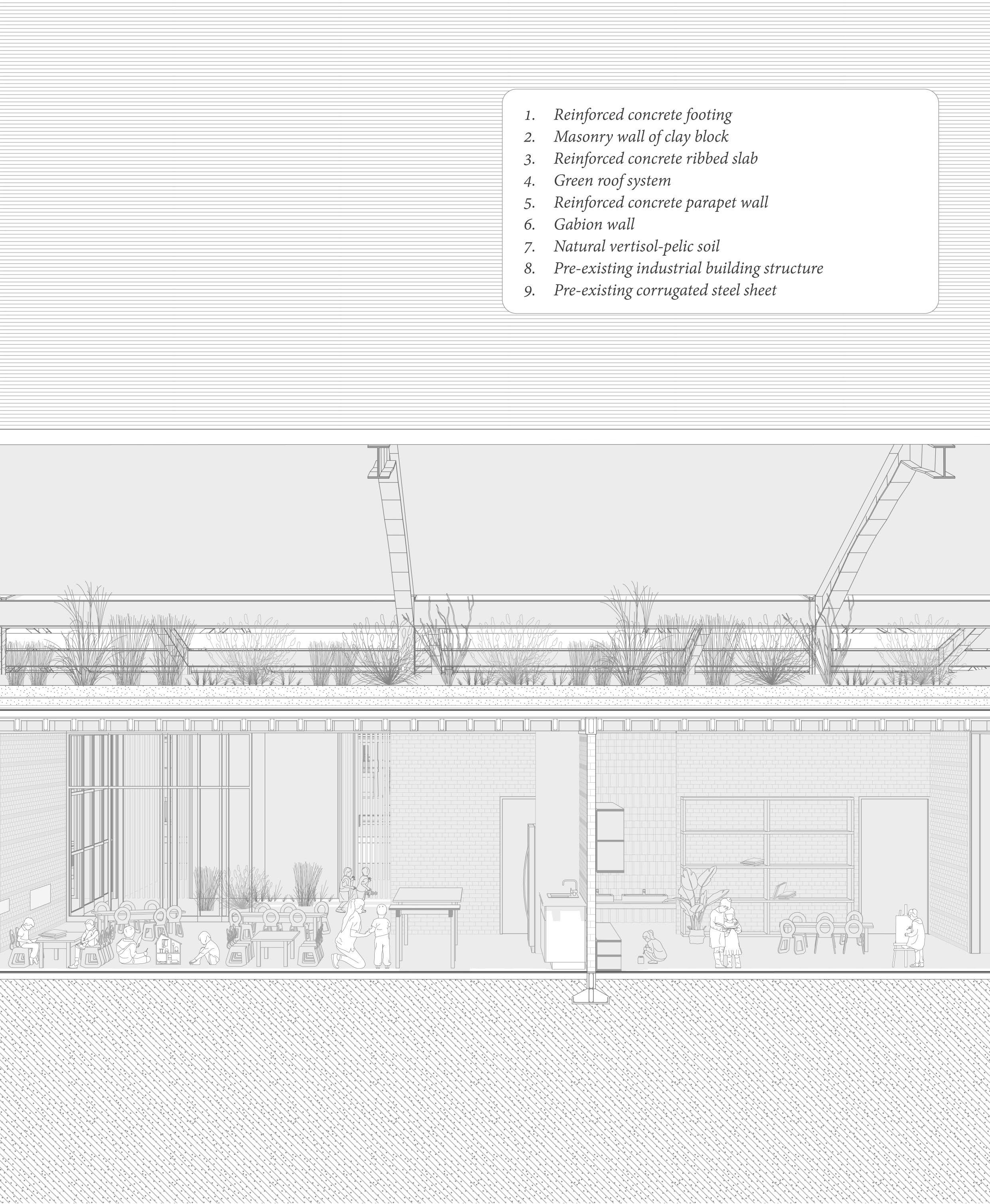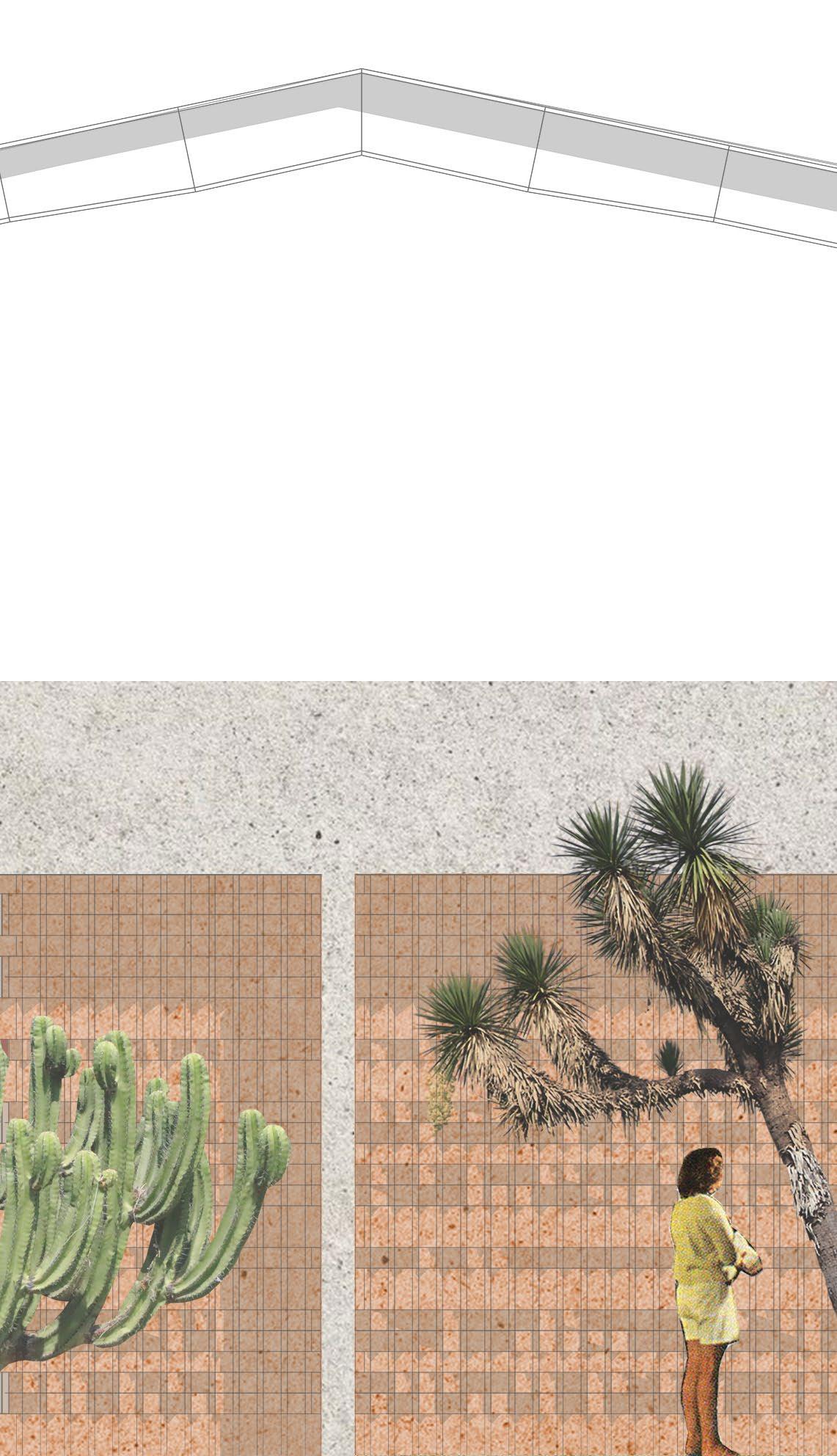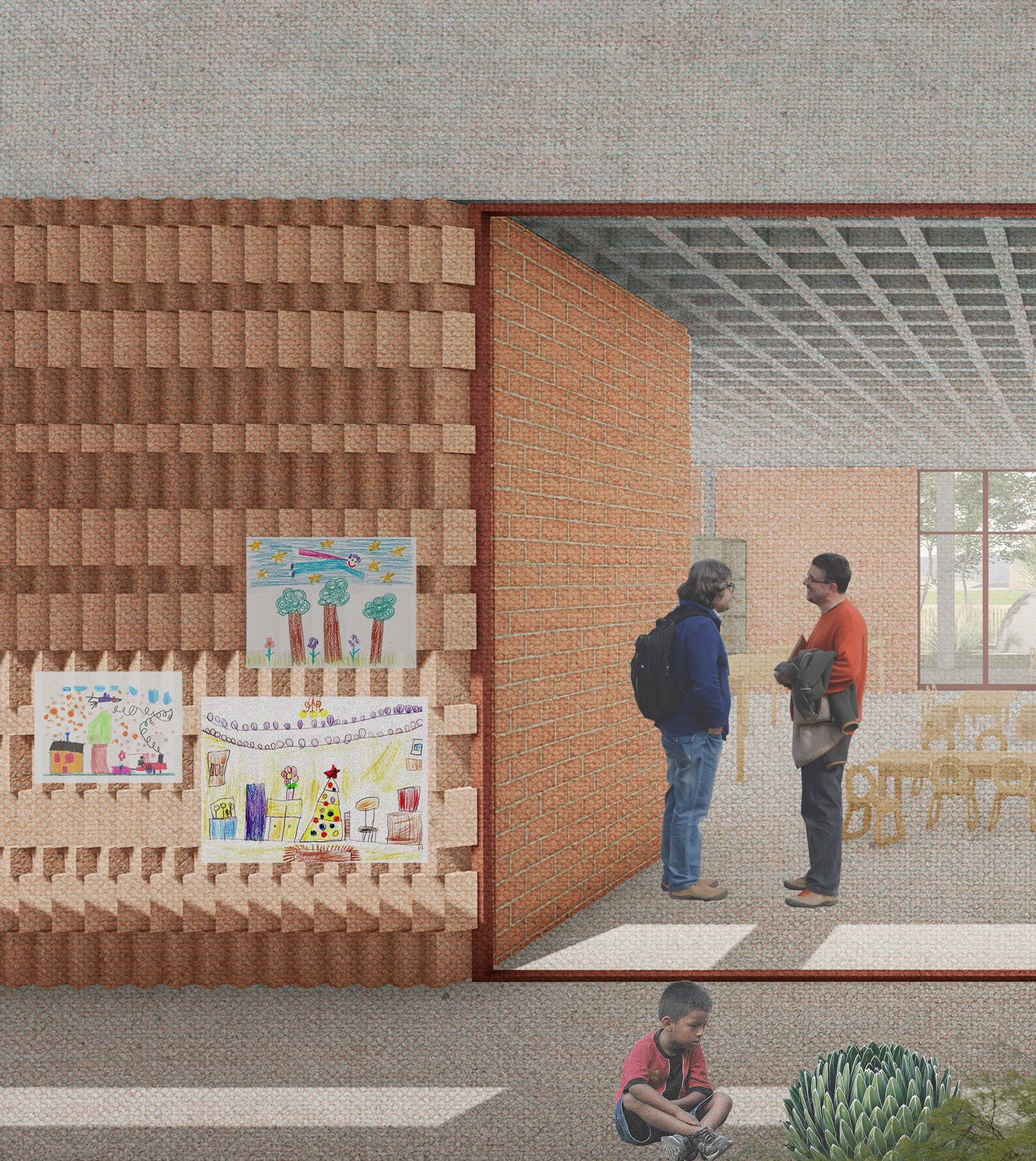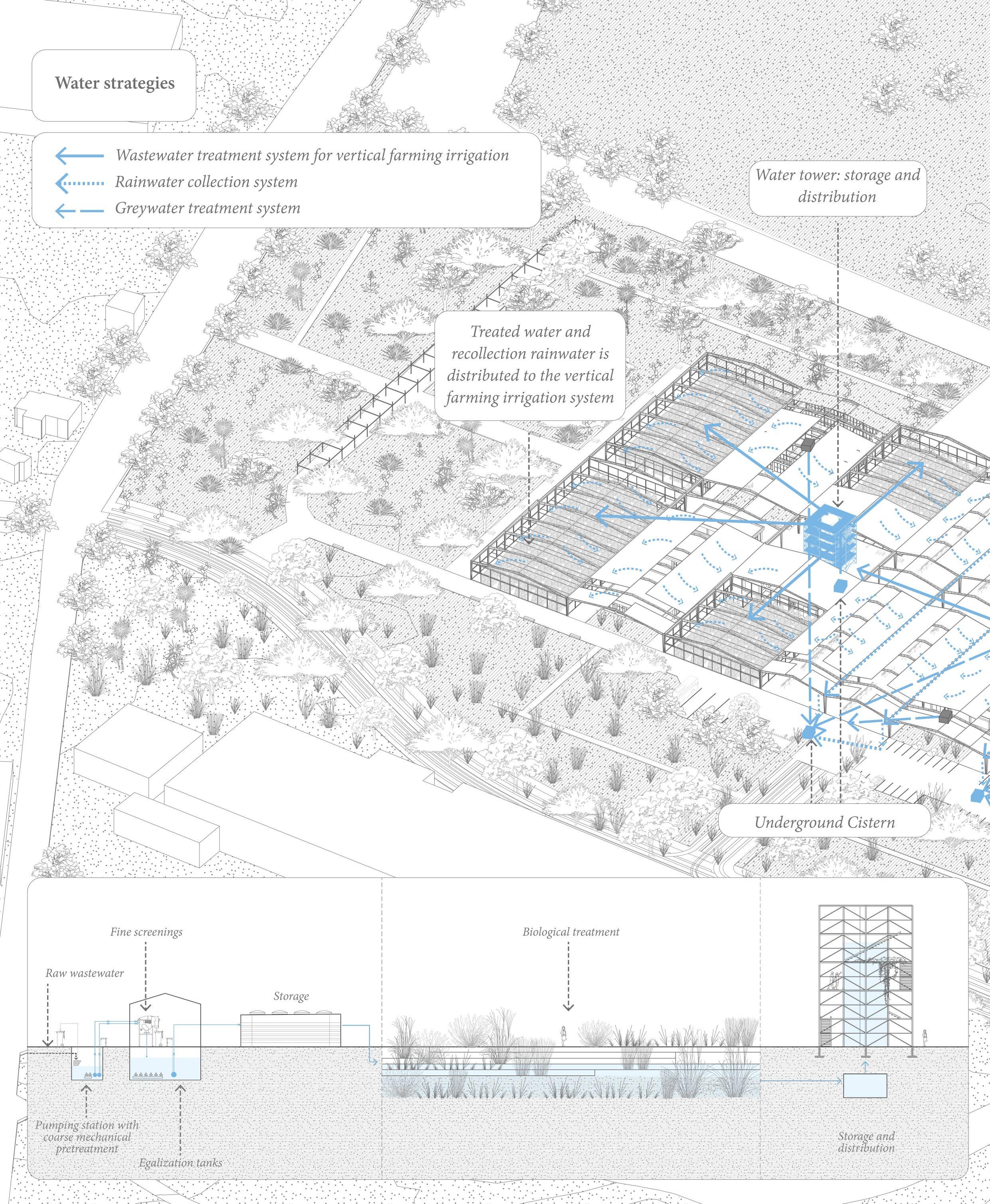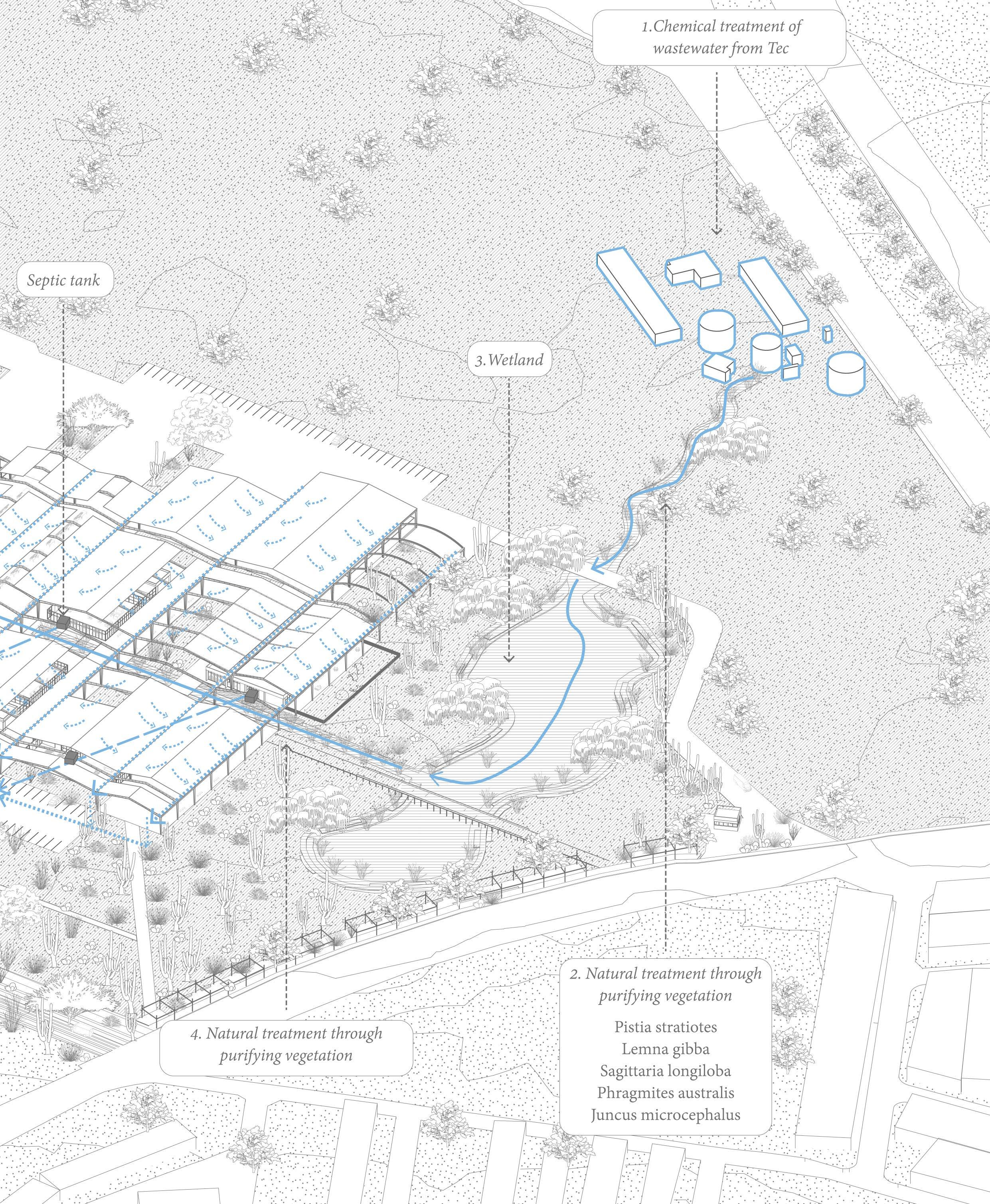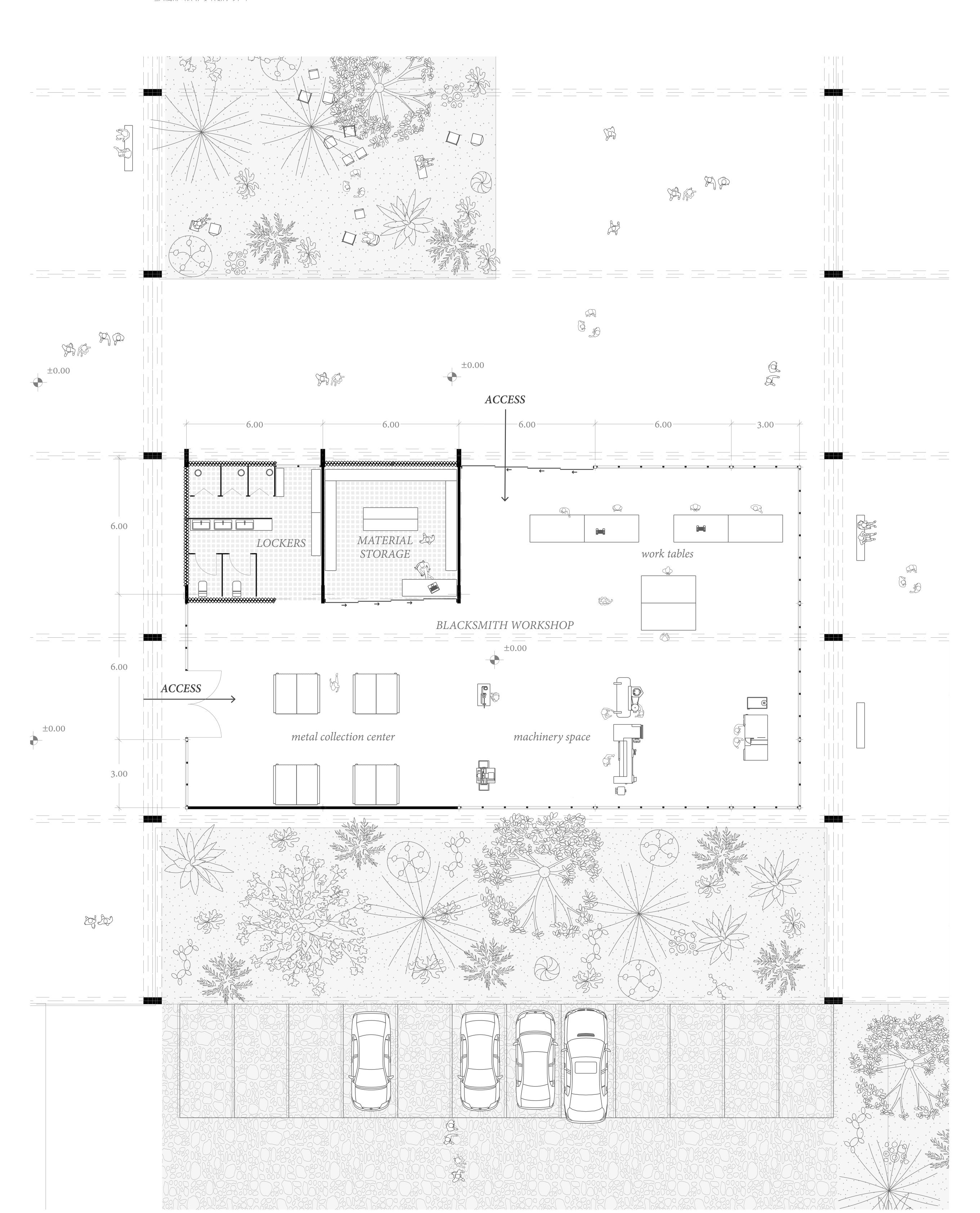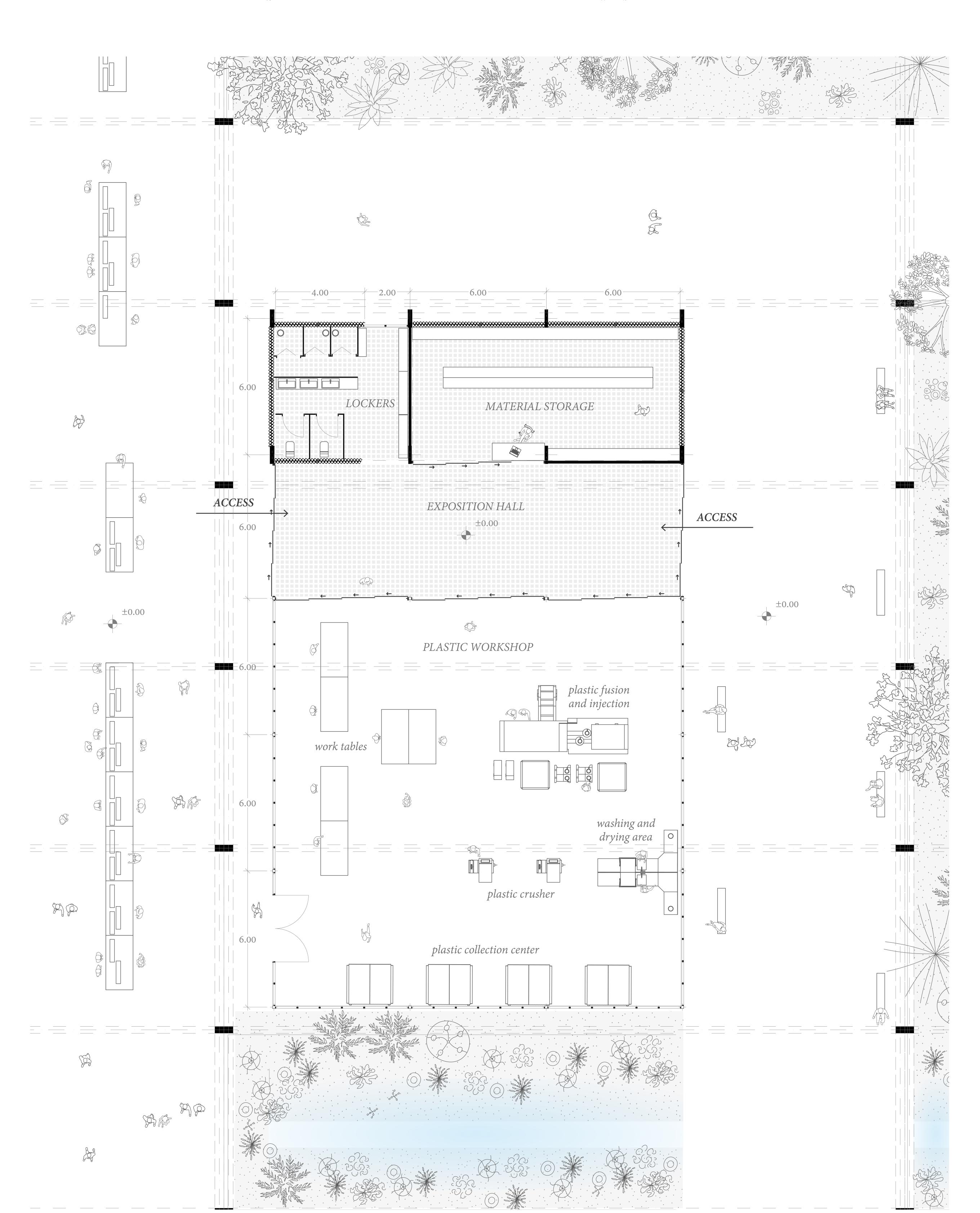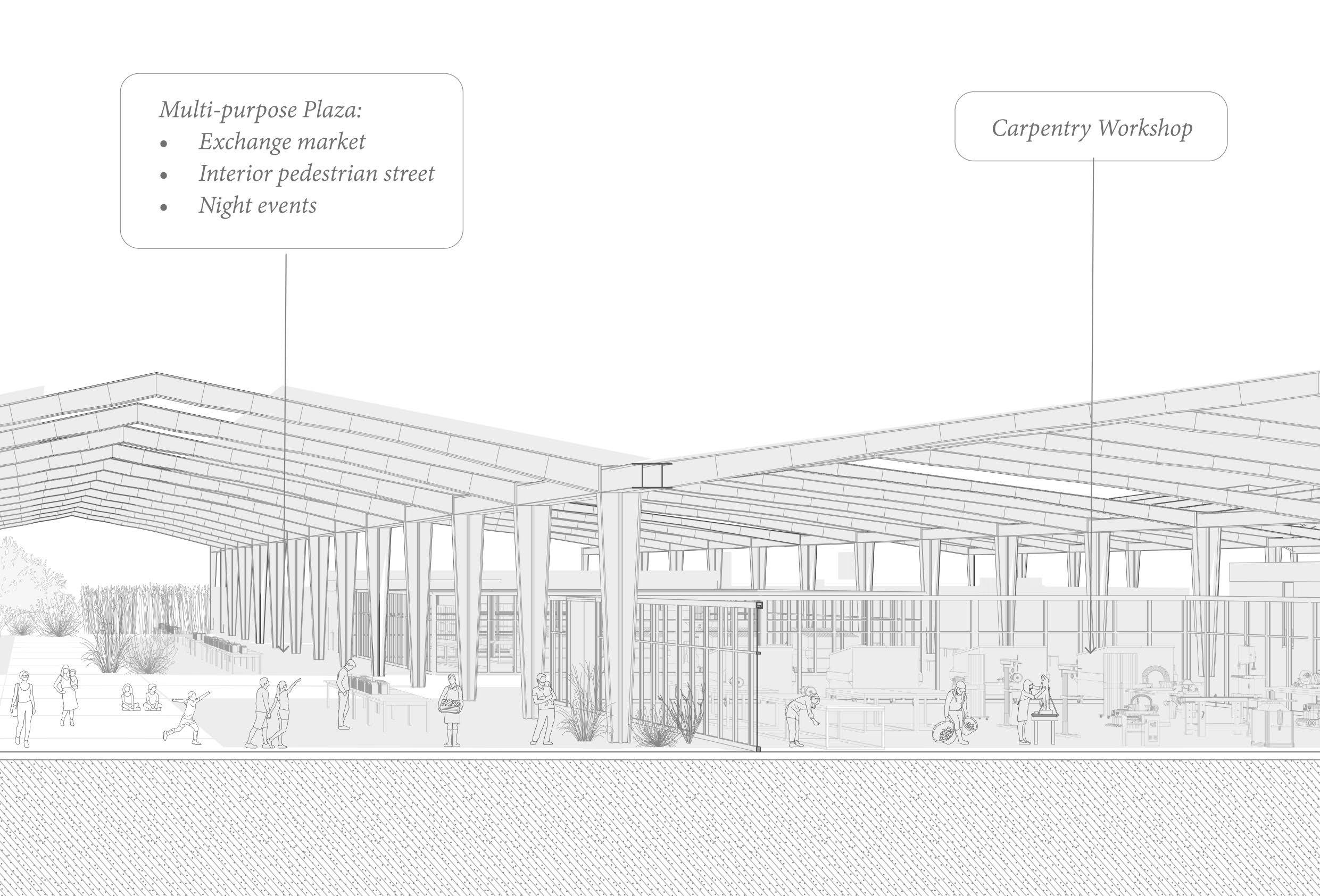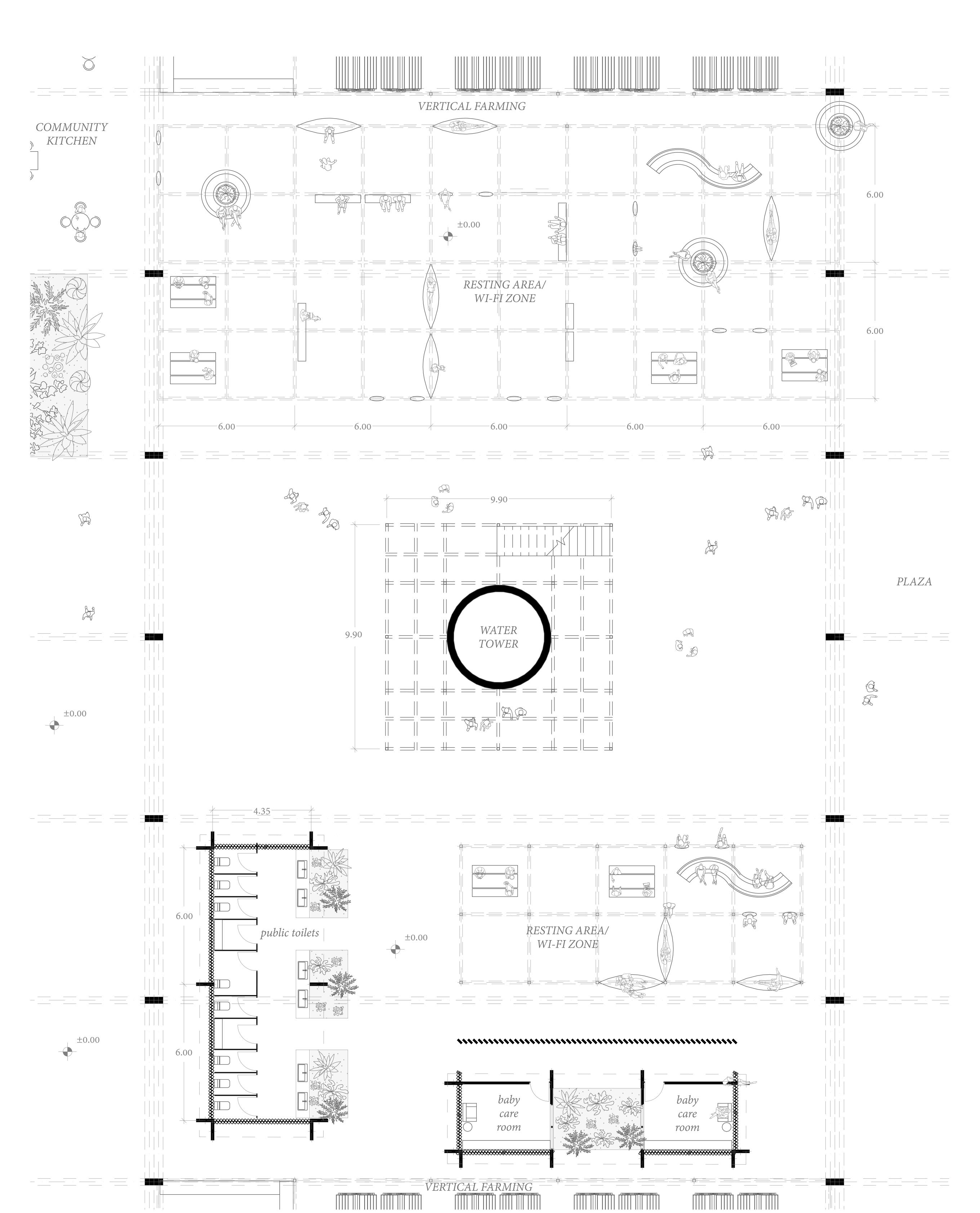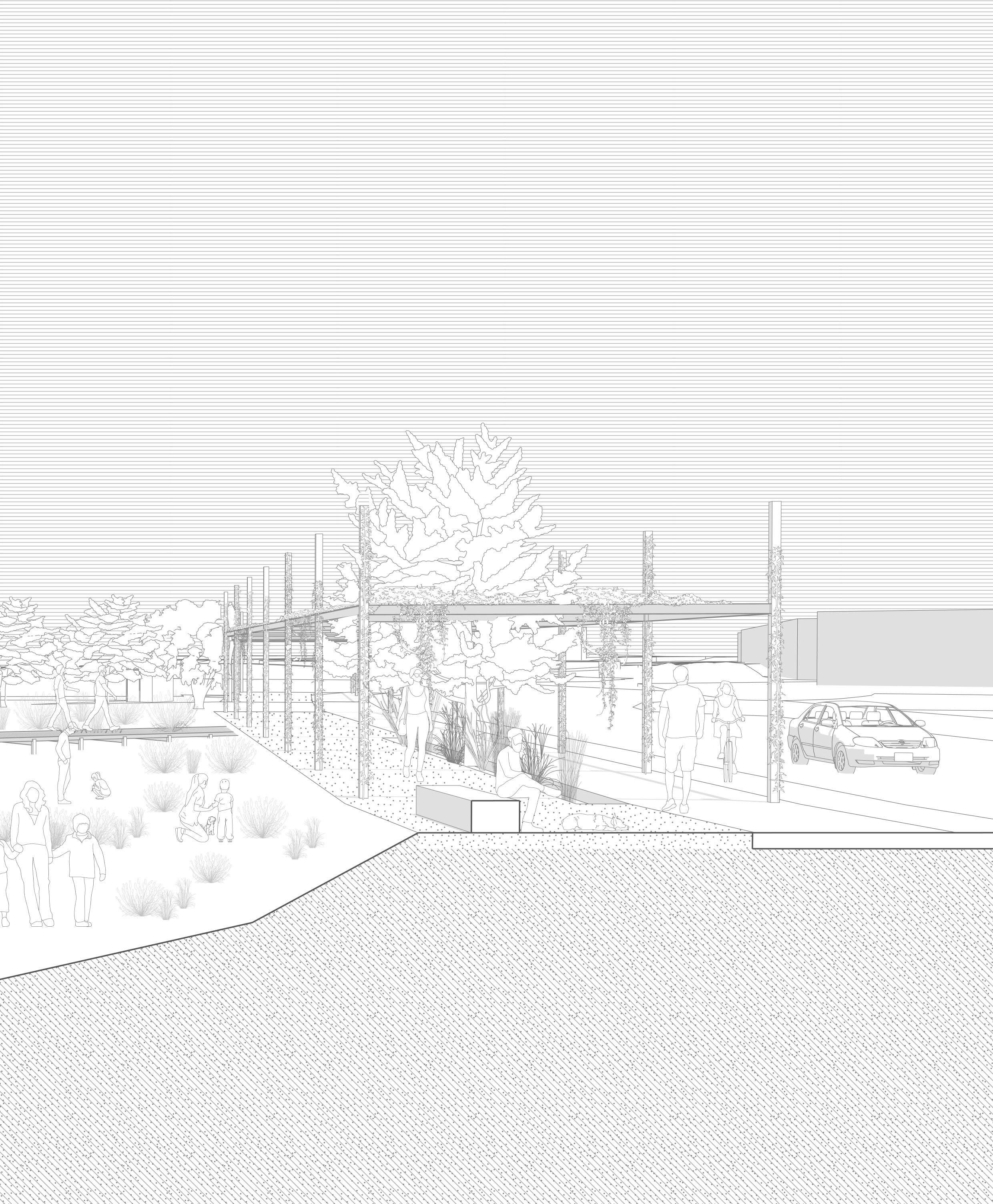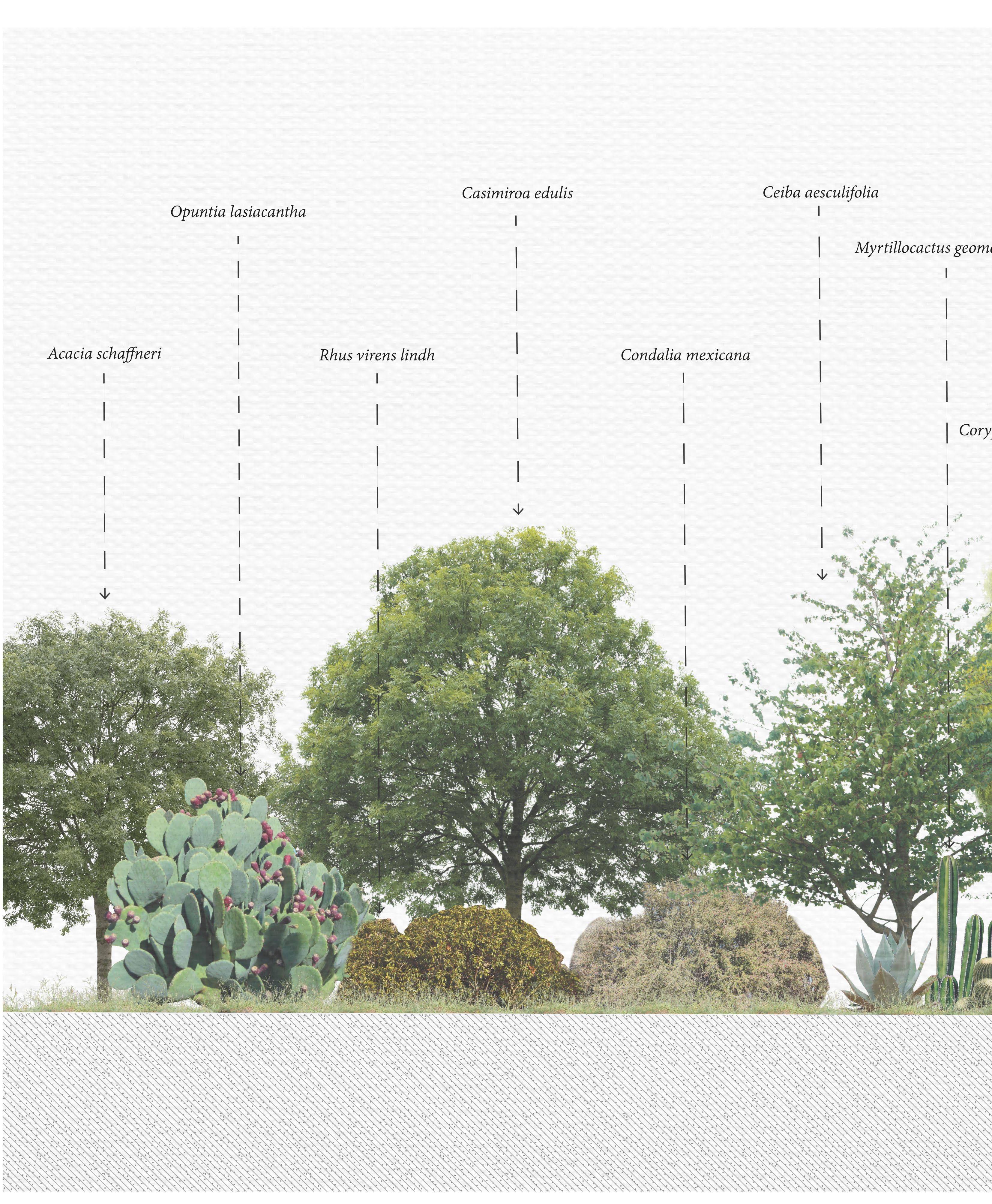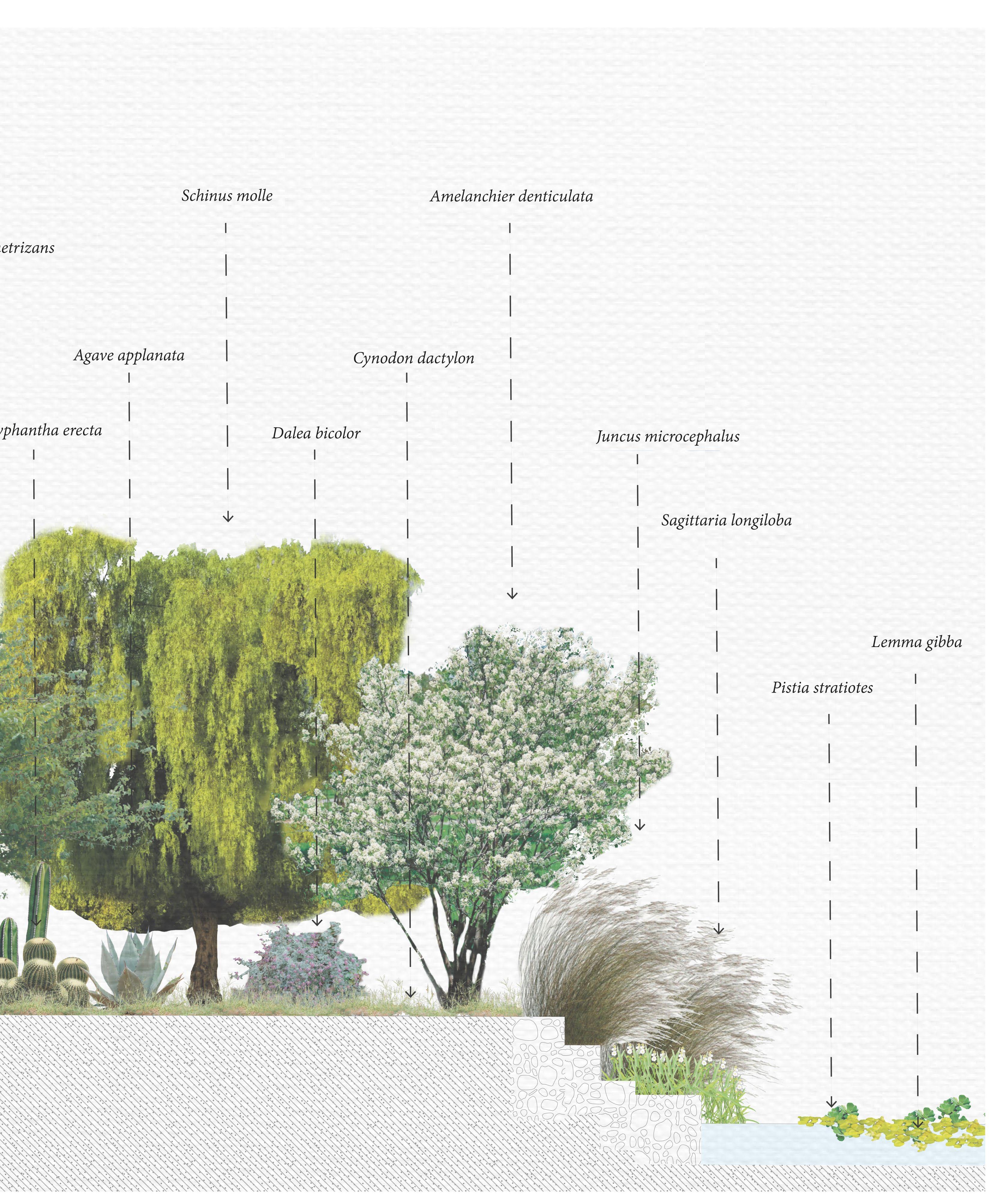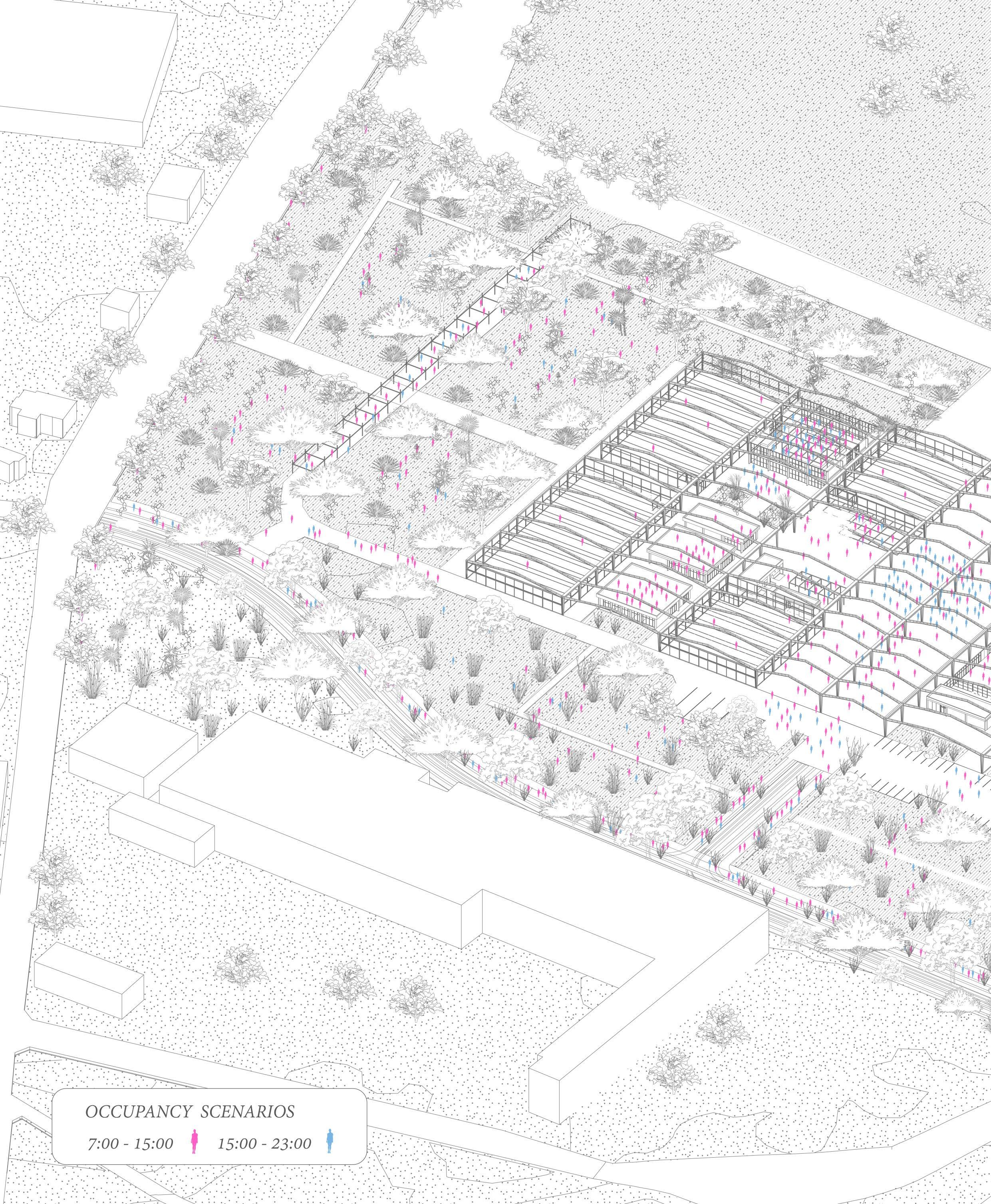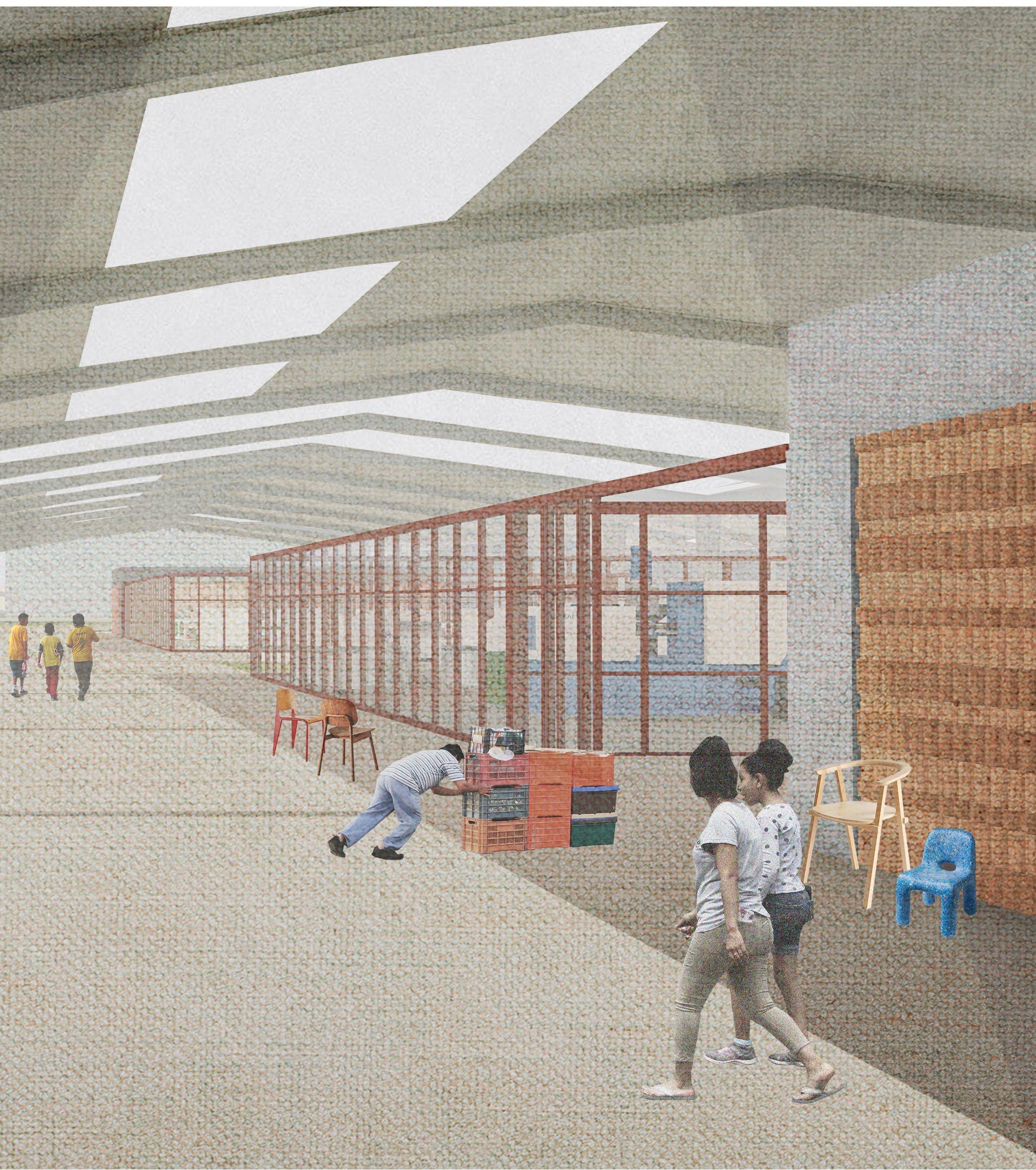Cities of Care
Professors
MSc. Urb Diana García Cejudo
Mtro. Arq. Psj. Rodrigo Pantoja Calderón
Arq. Daniela Cruz Naranjo
Arq. Pedro Mendoza Hernández
Arq. Roberto Cevada Martínez
Dra. Andrea María Parga Vázquez Ing. Miguel Anaya
Tutors
Dra. Itzia Barrera / Investigadora Centro Geo
Ana Gabriela Suárez Pastor
Denisse Huerta Solorio
Authors December 2023
Tecnológico de Monterrey Campus Querétaro Escuela de Arquitectura, Arte y Diseño

Global warming impacts lead us to question the systems in which we inhabit. Extreme heat caused by the Urban Heat Island phenomenon is the deadliest climate change effect and has unequal levels of impact in the population. Against the increasing frequency, duration, and intensity of extreme heat waves, the radical repair of our cities should be ushered in, aiming to adapt them to future conditions.
Through the analysis of the heat island effect in the Queretaro Metropolitan Area, it becomes evident that the morphologies, construction materials, programs and urban dynamics that shape the city and provoke higher temperatures within the urban sprawl have been designed to benefit only a minor percentage of the population. A change in our value system concerns the solution of the heat island effect, as well as to reparations towards those most vulnerable.
“What the world will become already exists in fragments and pieces, experiments and possibilities.”
-Ruth Wilson Gilmore
The Urban Heat Island in ZMQRO Market Driven City Care Work
The Site
Industry and the City of Care
Strategies of the project
Master Plan
Co-operative Childcare
Community Dining Hall
Vertical Farming Water strategies
Carpentry, blacksmith, and plastics workshops
Plaza, complete street and wi-fi / resting zone
Vegetation Palette Occupancy
The Querétaro Metropolitan Area has experienced accelerated urban growth since the end of the last century. In peri-urban areas, more than 90% of the housing supply is horizontal, which implies the continuous expansion of the urban sprawl and the heat island effect.
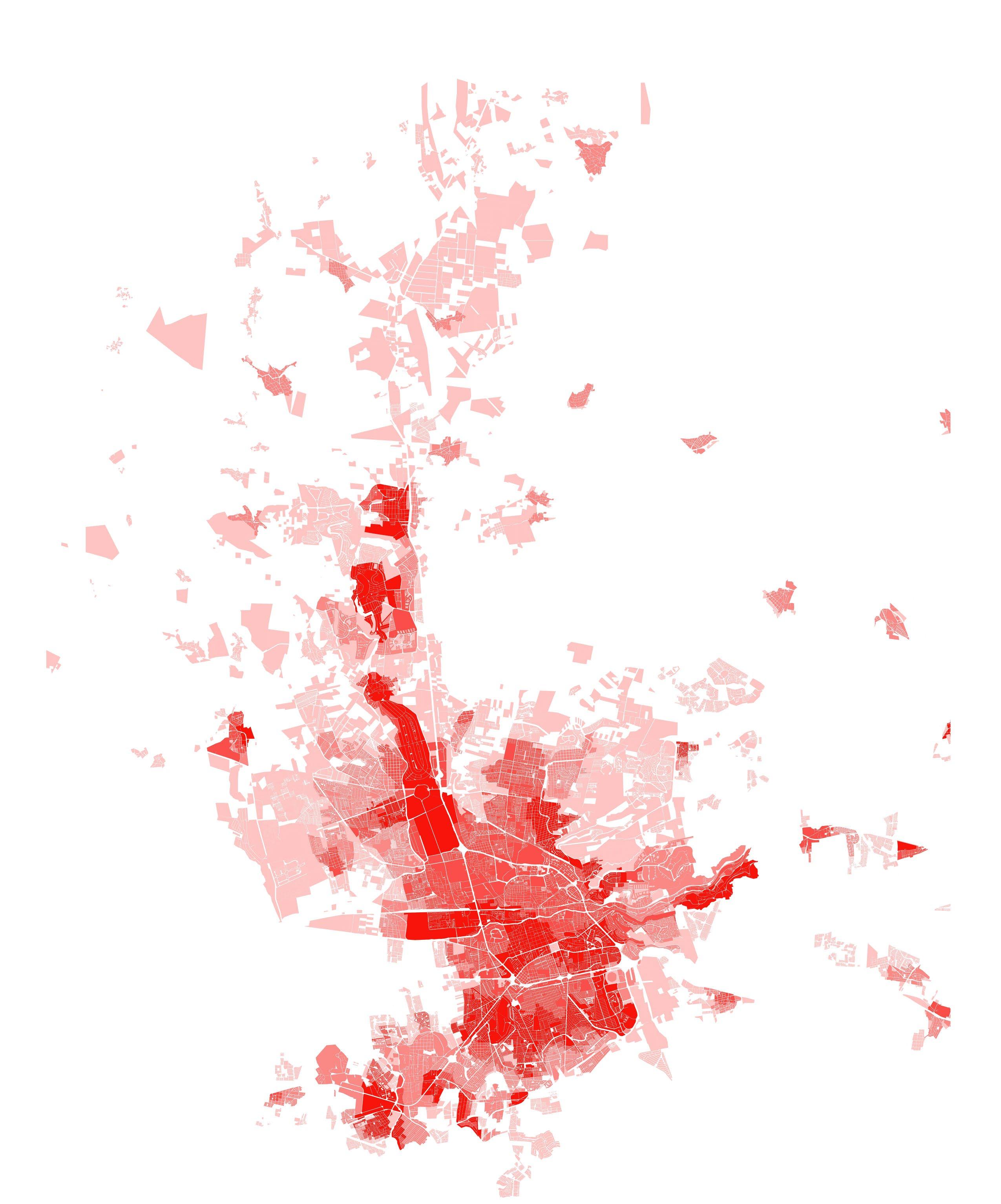

The Urban Heat Island (UHI) is a phenomenon that occurs in urban areas, mainly due to heat-absorbing building materials. This causes significant differences in ambient temperature between the urban environment and its peripheries.
For the human population, UHI causes increases in heat stroke mortality, aggravates and causes respiratory problems, sunstroke, dehydration and fatigue. These effects have an unequal impact on the community, as some populations are more vulnerable than others.
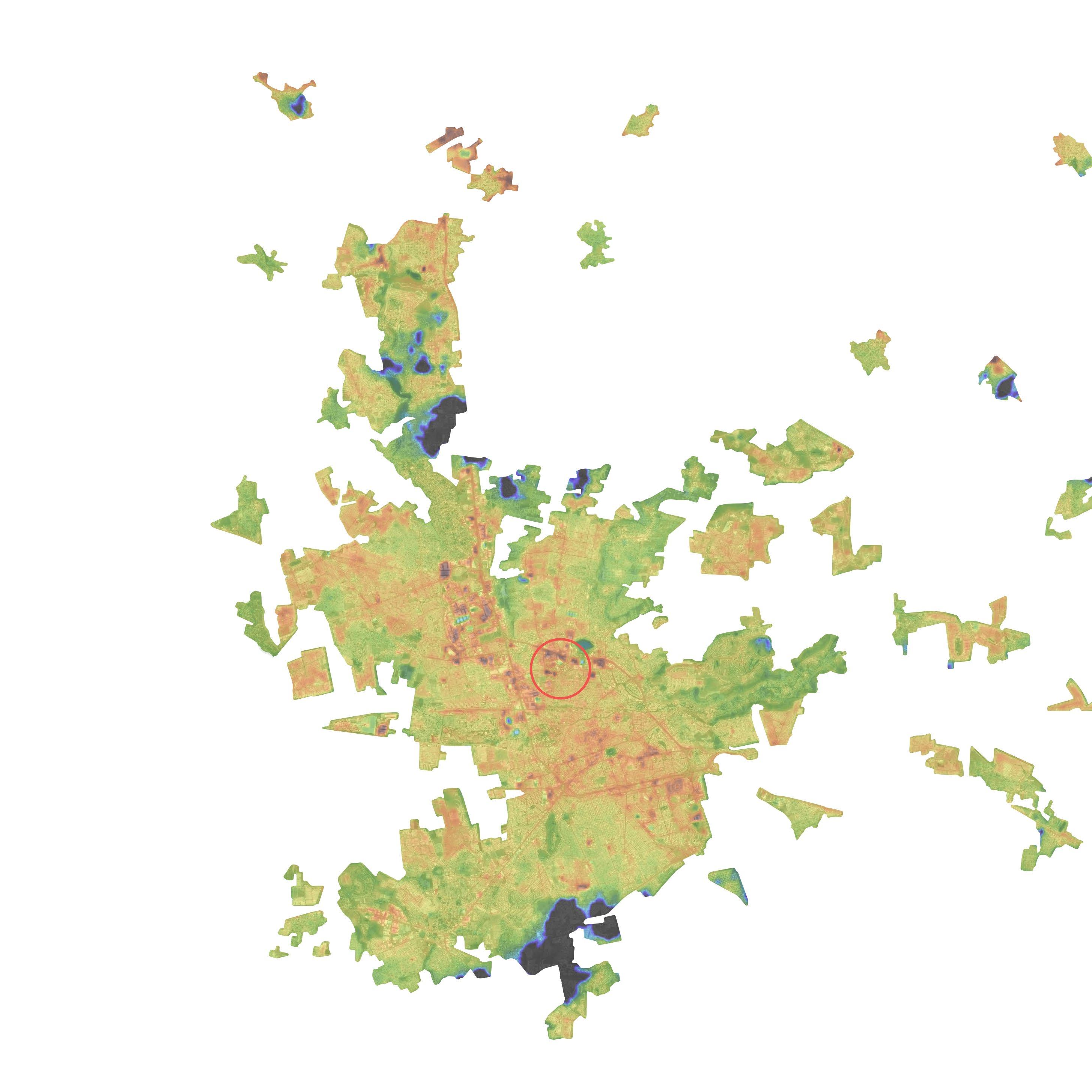

Market Driven City:
What does this model of city development imply about UHI?
Modern urban planning prioritizes neoliberal capitalist development, giving rise to infrastructures that maximize the efficiency of economic production and self-profit.
This leads to the existence of materials, morphologies, programs and urban dynamics that intensify heat absorption within the city, resulting in different levels of impact on the population, such as consecuences on health, nature, economy, utilities, and infraestructure.
City centers are the most affected by the intersection of the effects of the market-driven city and the UHI:
The human population in these areas is disproportionately disengaged from the processes of collaboration with nature, as there is less availability of green areas due to the prioritization of profitable spaces, mostly private and built spaces. This causes these urban spaces to have less capacity to mitigate the heat island effect.
In addition, the population with greater economic influence, which used to live in the center of the city, moves to the peripheries in search of something new. Abandoning existing spaces, generating speculation and gentrification.
The current development model of the city, which focuses on producing without restrictions or impact considerations, makes us face vulnerability within the city.
What needs to be recognized in order to initiate the process towards the new post-industrial city?
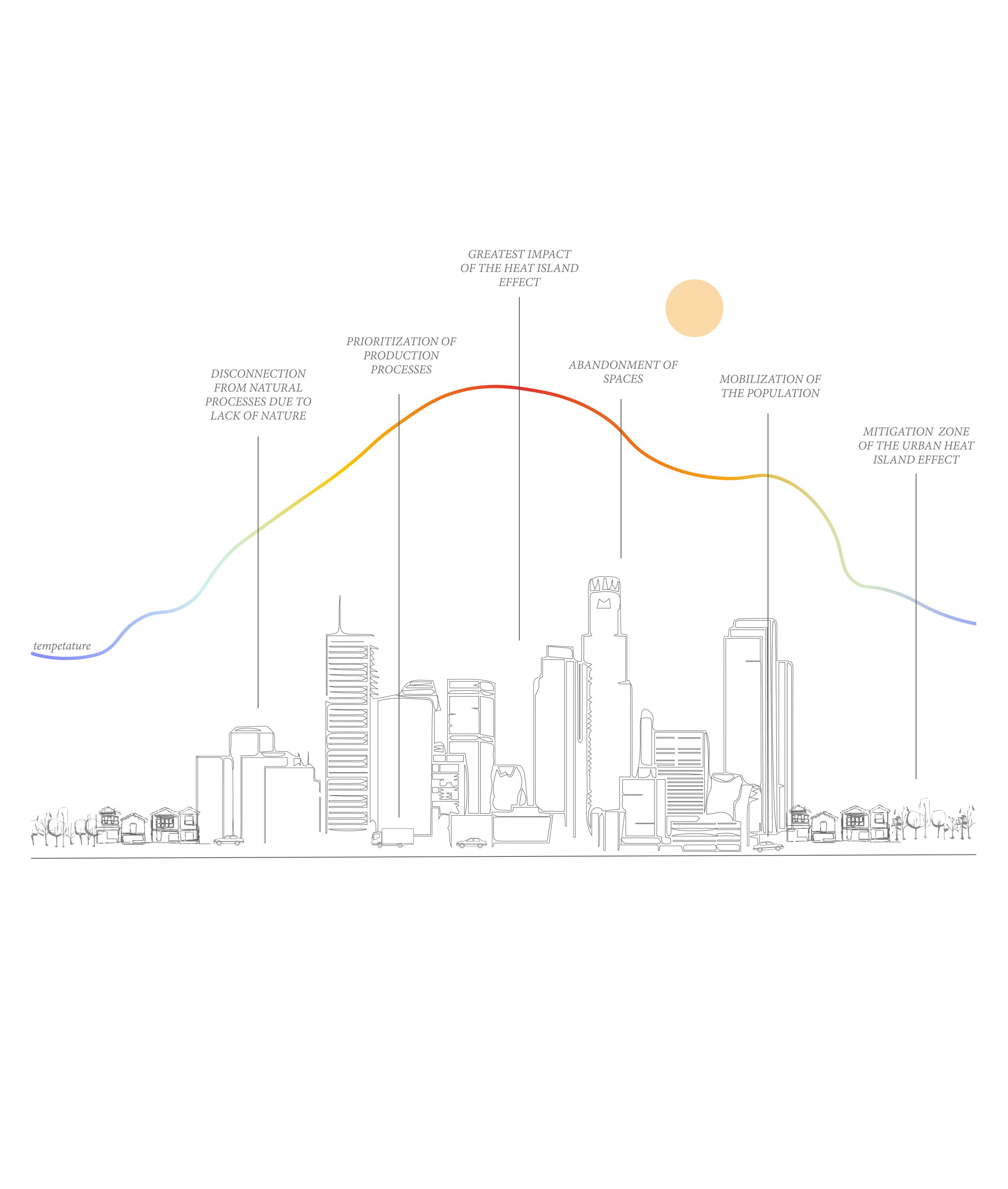
The market-driven city, governed by linear processes, generates an accelerated lifestyle, trend following, and monouse, invisibilizing and minimizing the care work of resources and the community.
It also causes people engaged in these occupations to be the most affected by the effects of UHI.
doing the shopping, cooking breakfast, cooking lunch, cooking dinner, setting the table, laundry, hanging out the clothes, ironing, making the bed, washing the dishes, taking out the trash, feeding the cat, washing the dog, walking the dog, watering the plants, washing the windows, vacuuming, sweeping the floors, raking the leaves, cutting the grass, dusting the floor, cleaning the bathroom, cleaning the toilet, teaching, health caring, caring for children, caring for elderly dependants, repairing, remending, maintenance, affective and community relationships...
Care work, which is disproportionately carried out by women, refers to those occupations responsible for offering services to help develop people’s capacities.
The invisibilization of these jobs supports the capitalist system, complicating the dynamics of the people who engage in them.
Therefore, a Market Driven City also implies: Not recognizing care work as essential work. Favoring productive activities, causing the segregation of living and production spaces. Not providing spaces for the collective support of care work, especially unpaid care work.

Given these conditions, caregivers have a double to triple workday, moving between spaces dedicated to paid work, domestic work and household management (Col·lectiu Punt 6, 2019.
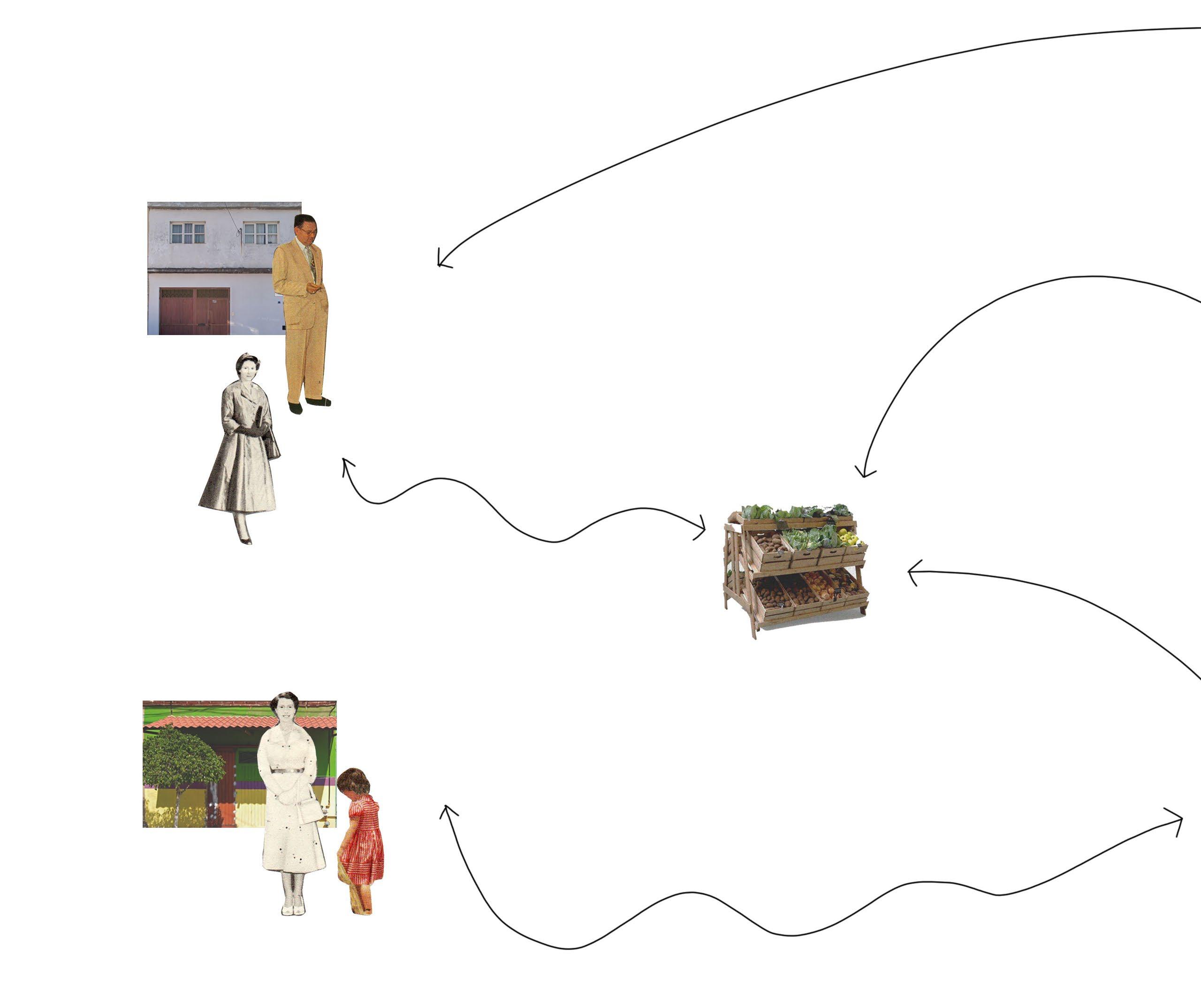
This population suffers from a longer exposure time to the effects of the heat island, since they make more trips than a person who is only dedicated to productive work.



o 200 400 mts
The Site
The Tec District is a segment of the city center of Querétaro where the Market Driven City has given rise to private programs, such as industry and chain supermarkets, which need infrastructure for motorized vehicles. This results in large, heat-absorbing impervious areas, urban sprawl and the exemplification of patriarchal dynamics.
Own elaboration based on INEGI data
To change these patterns, we believe that care must govern development. Therefore, new spaces are needed to break with previously established hierarchies, giving rise to new forms of social organization.


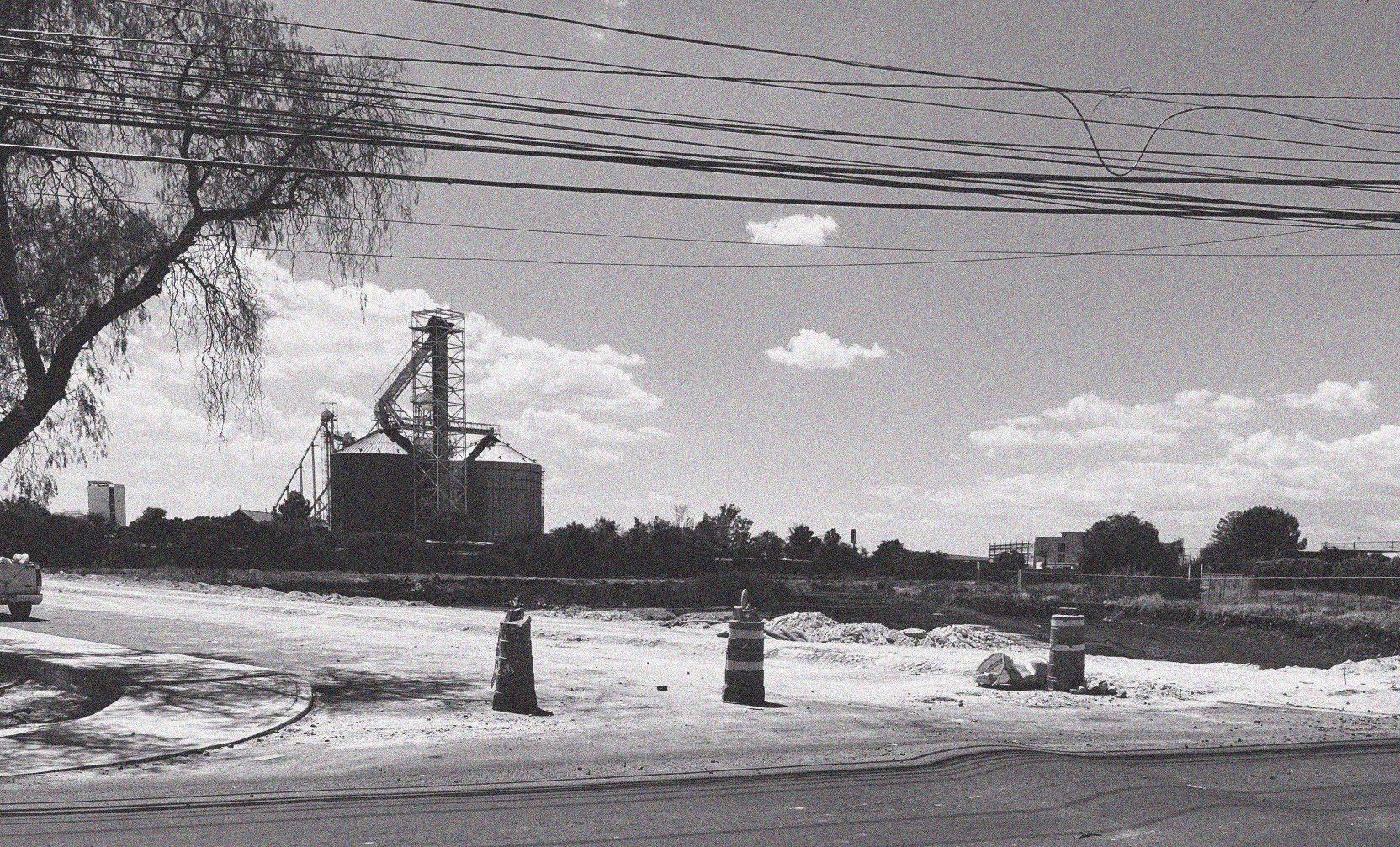
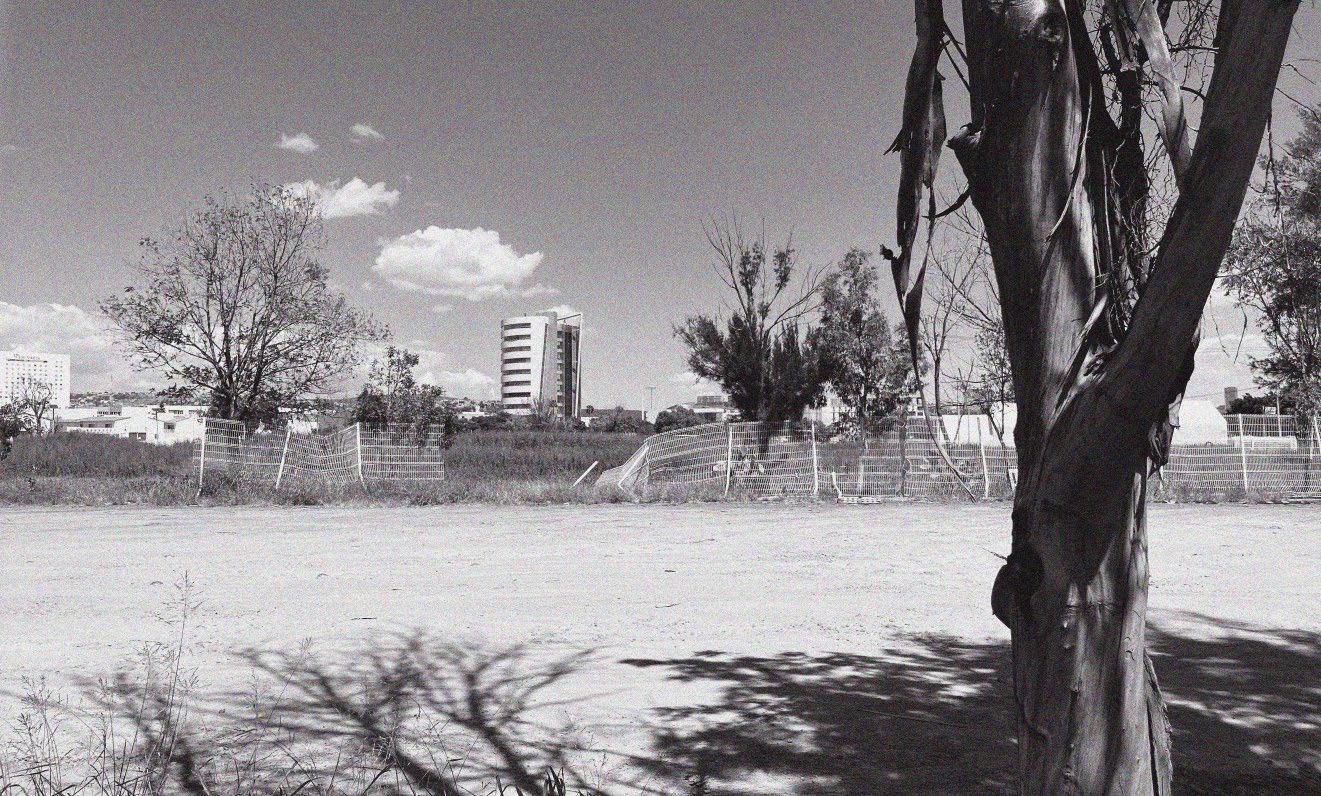

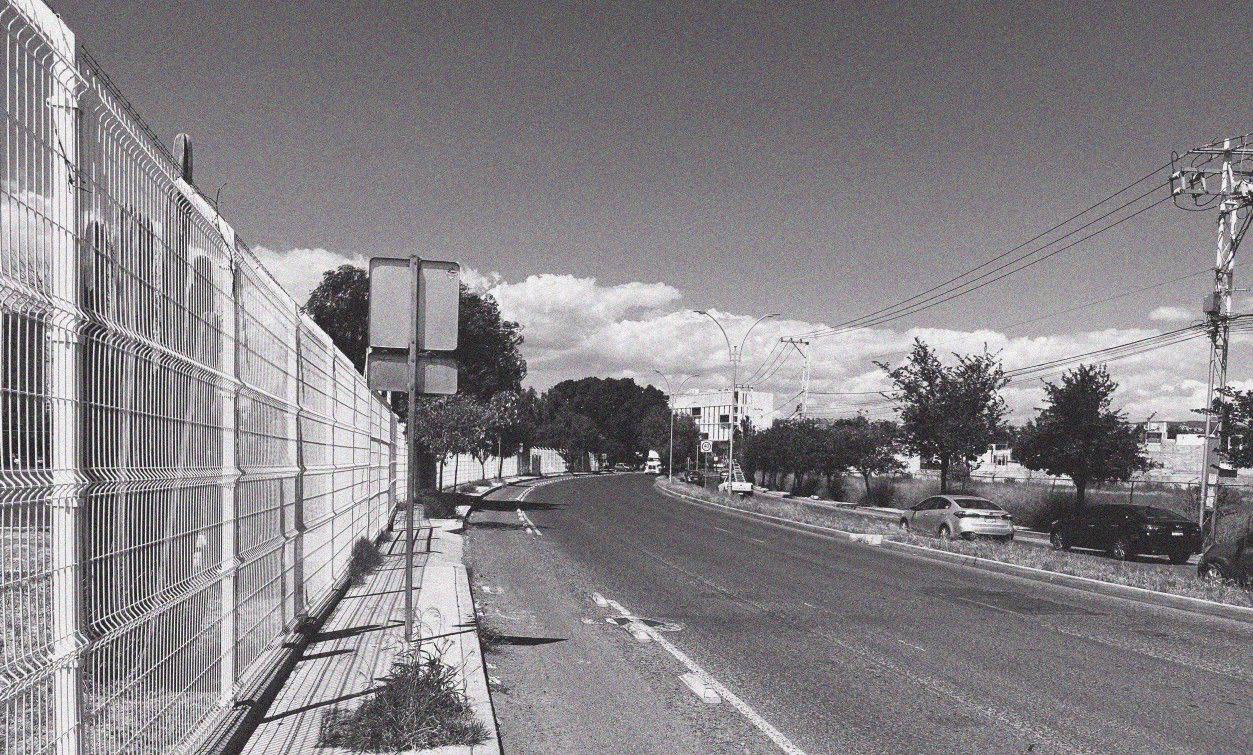
Industrial areas within Tec District and their surroundings
Symbology
Industry and chain supermarkets
Coordinate system
EPSG 32614-WSG 854 UTM
Zone 14


